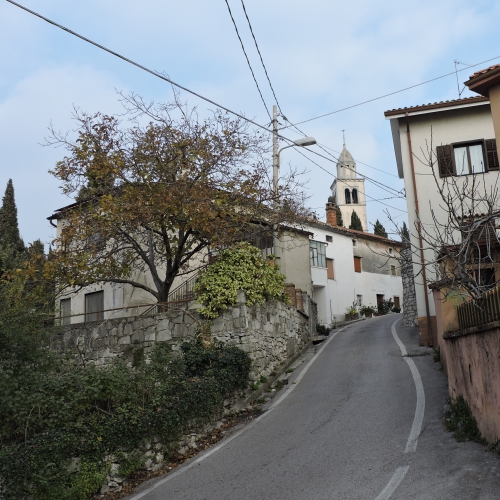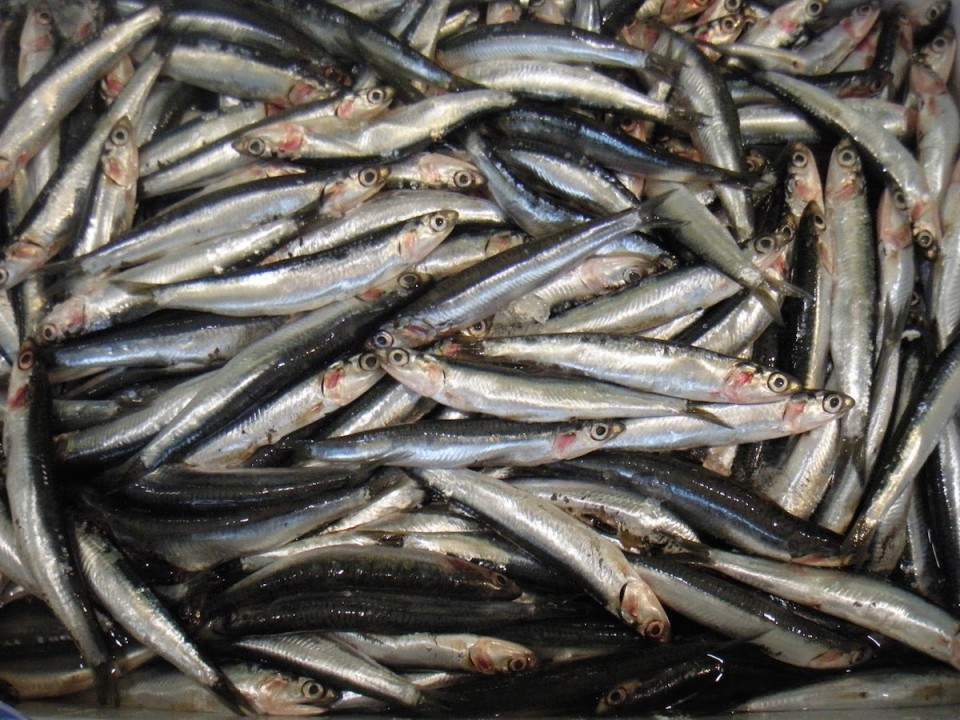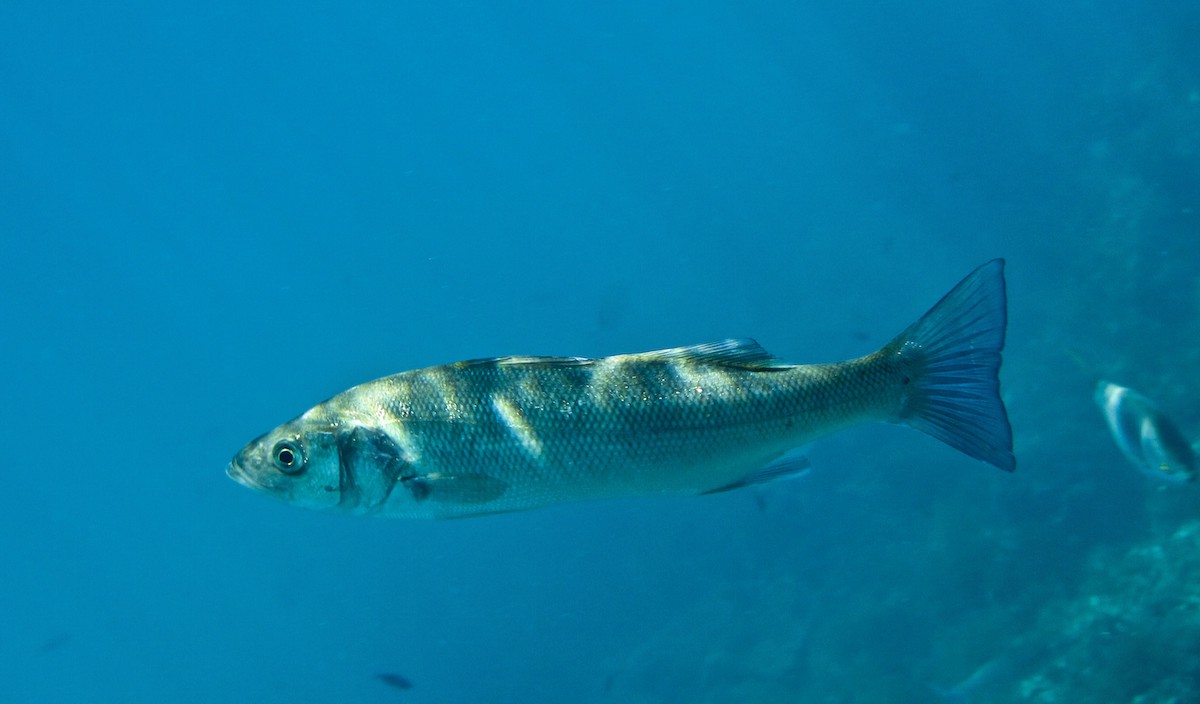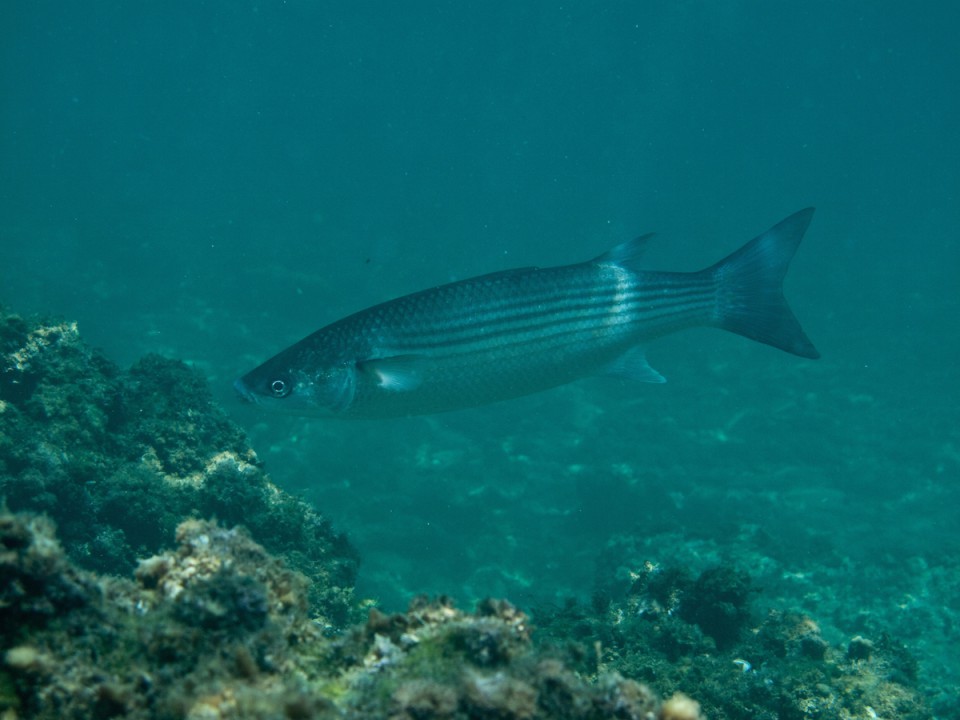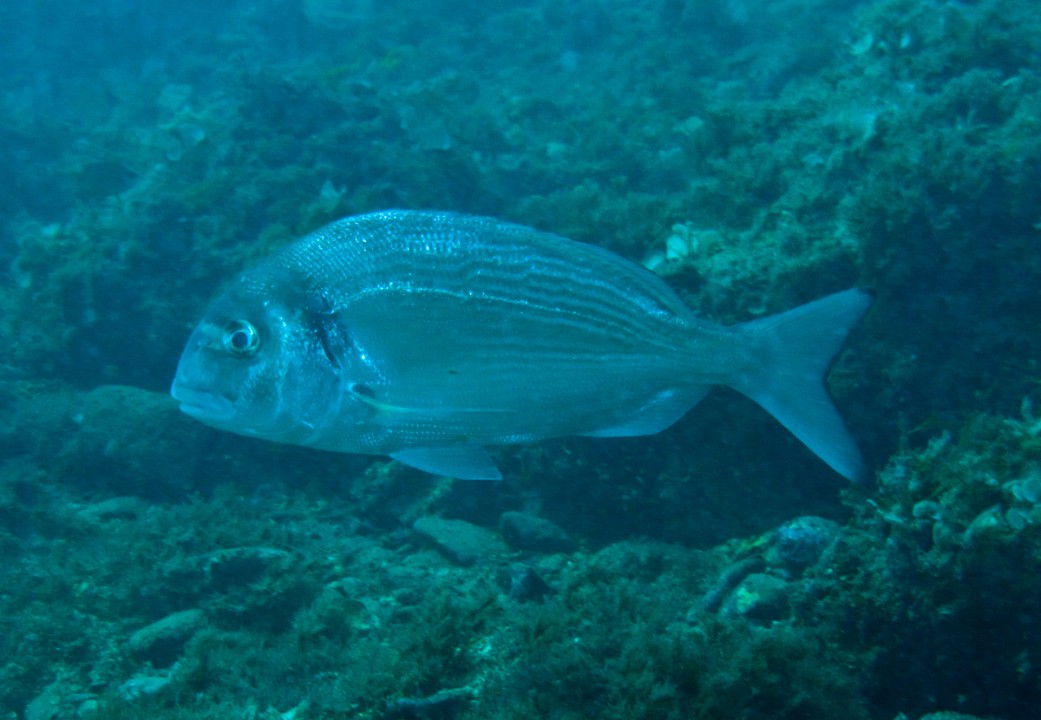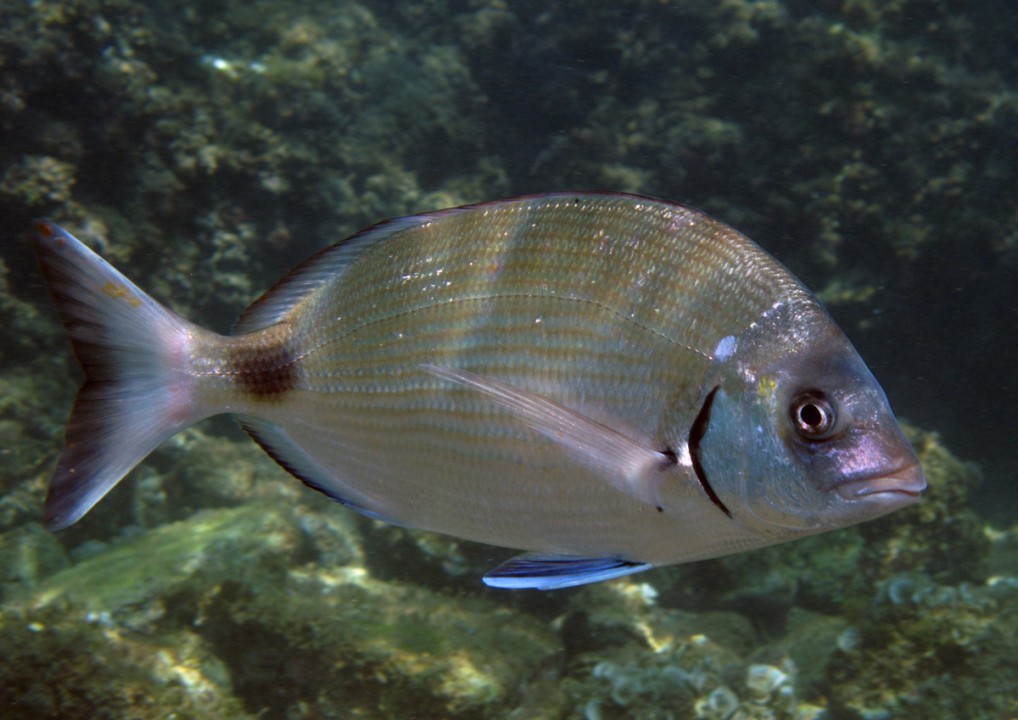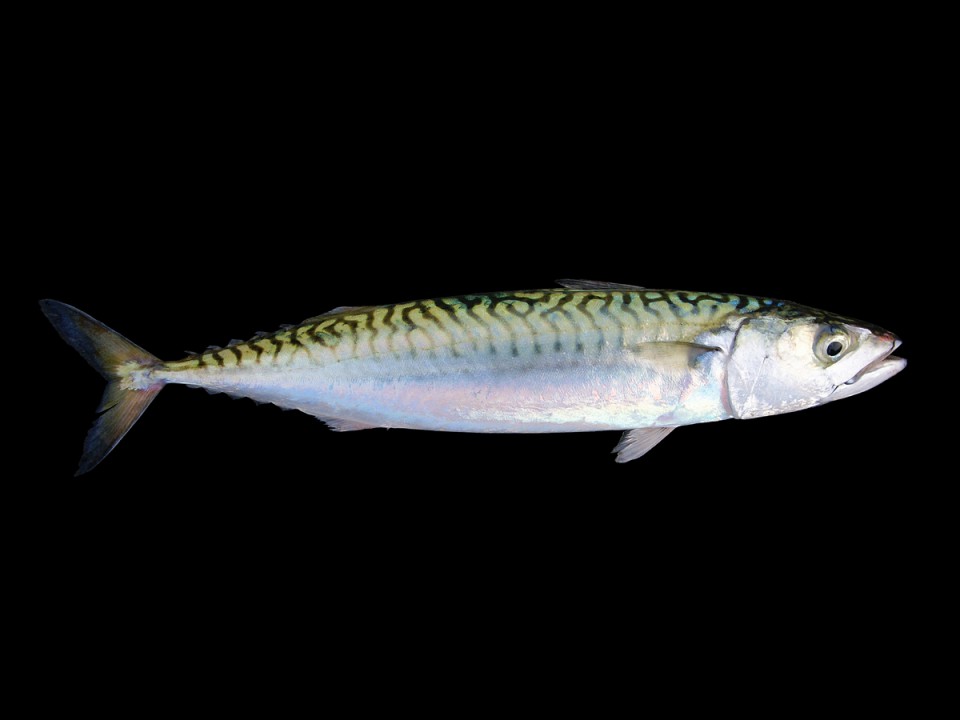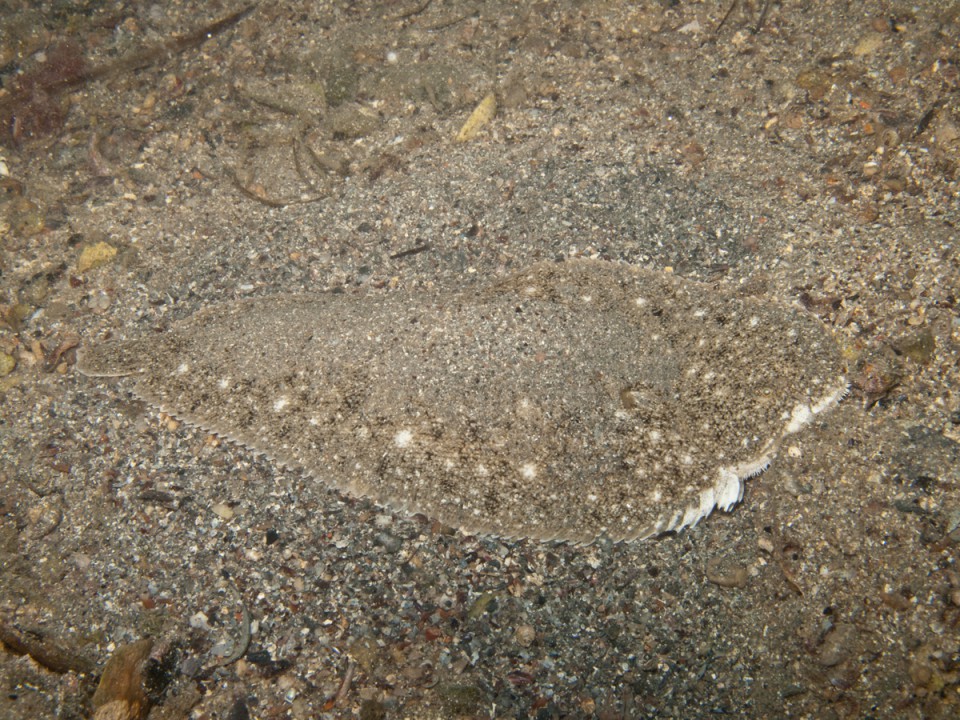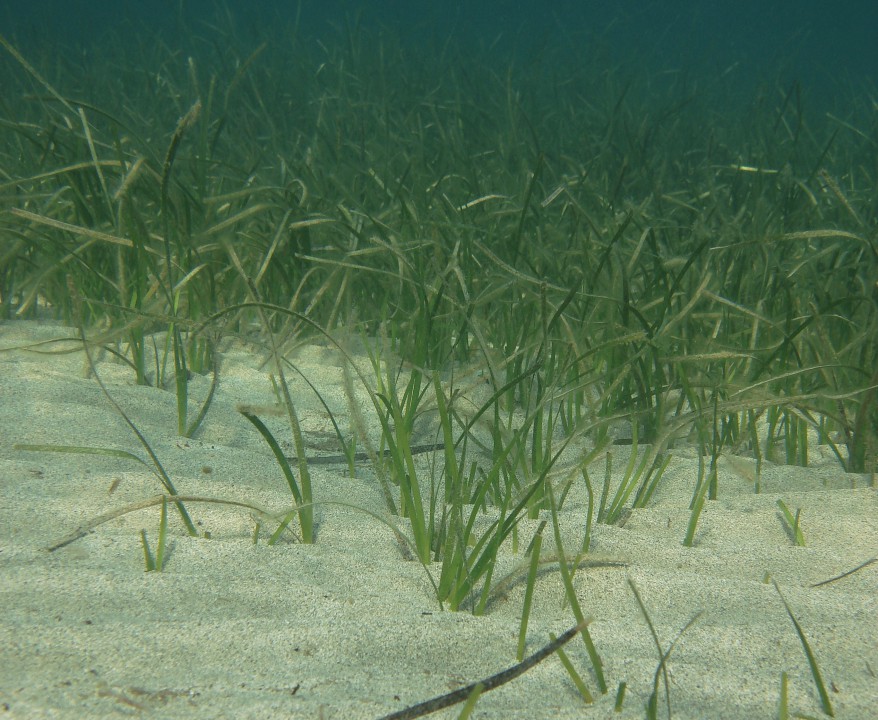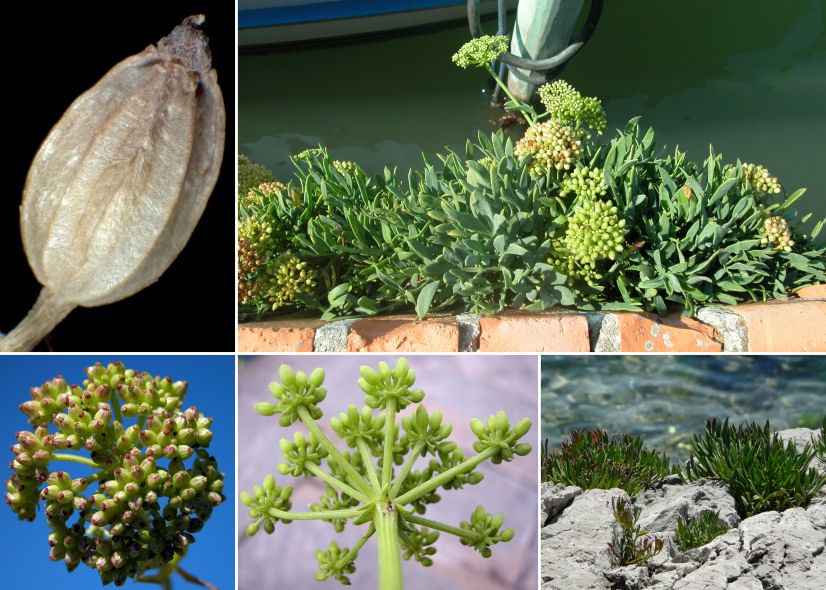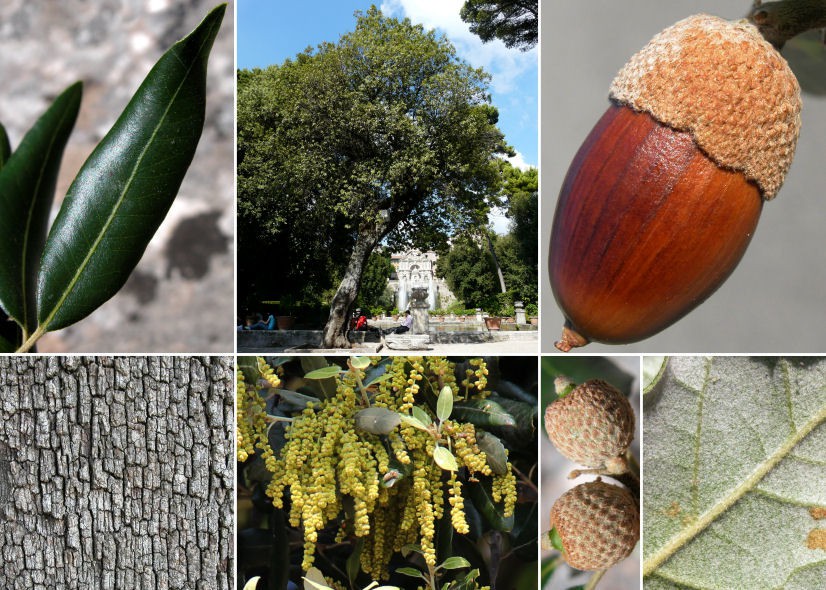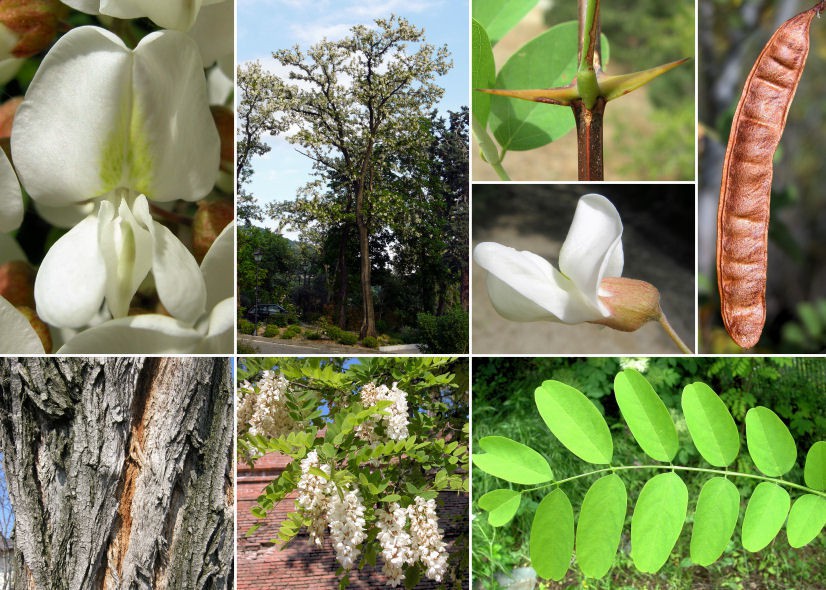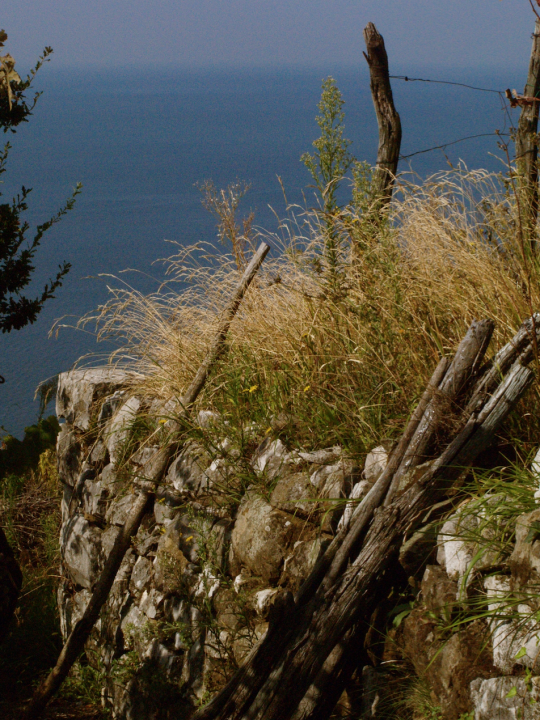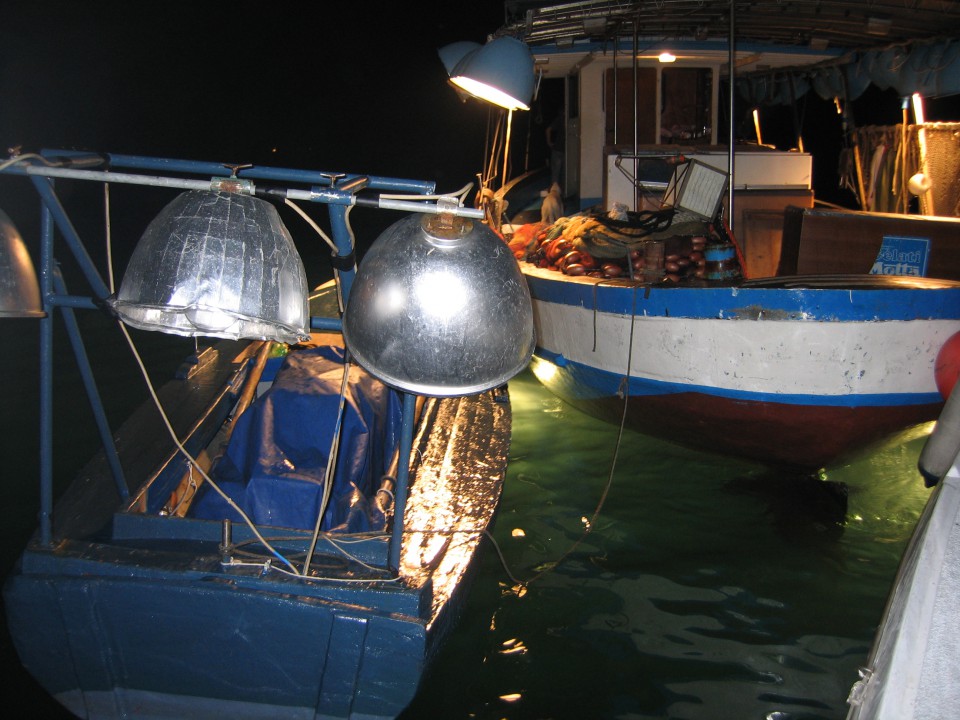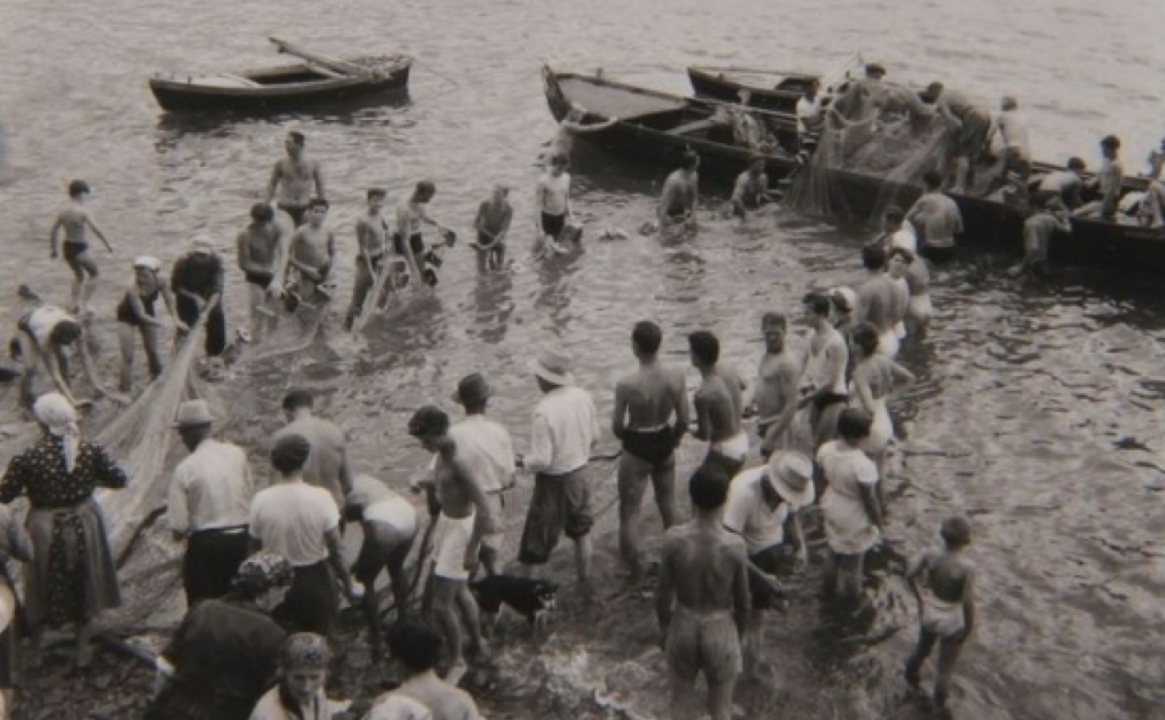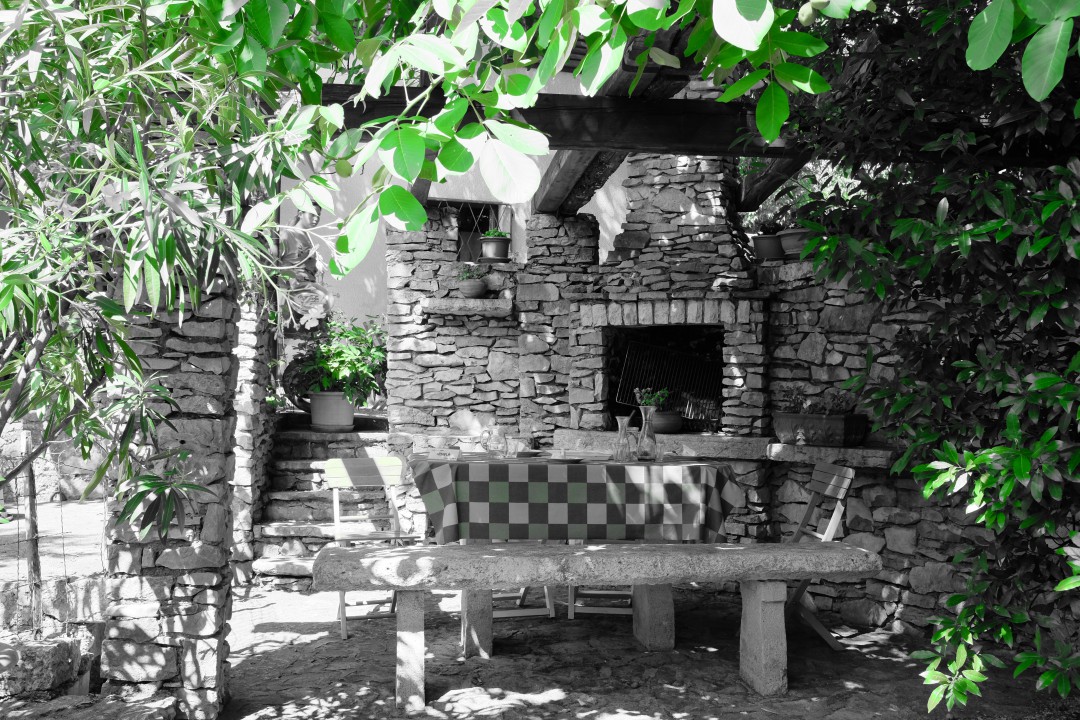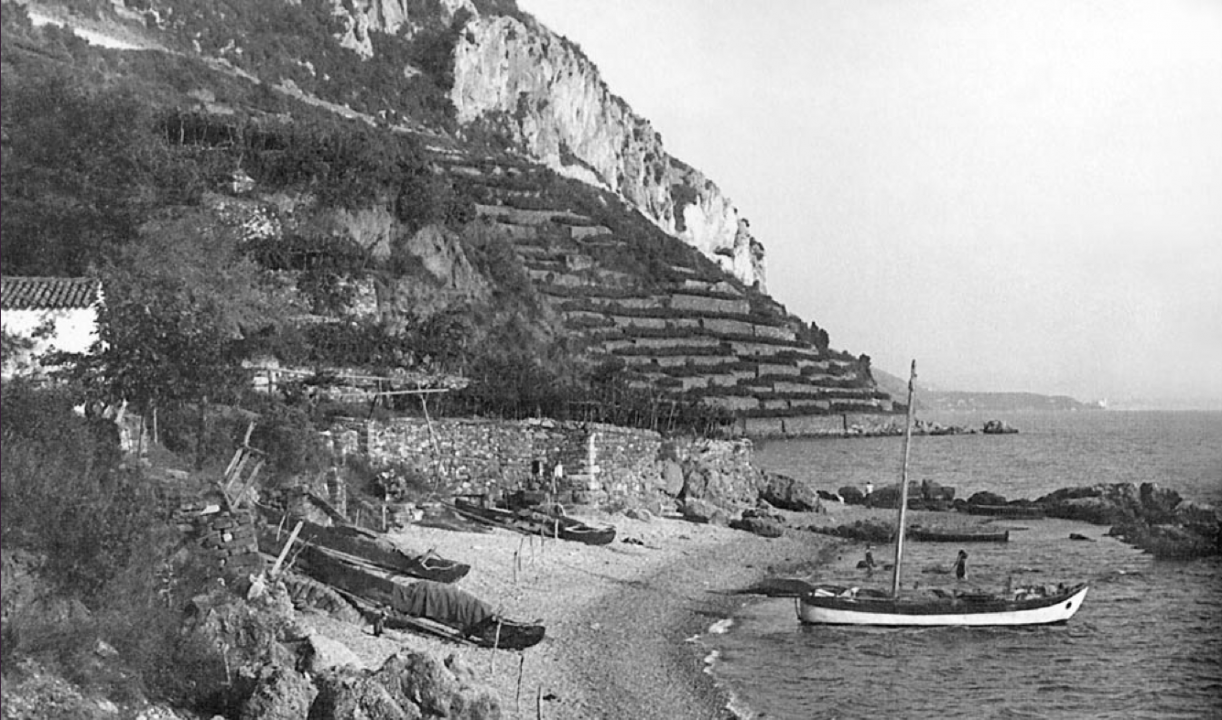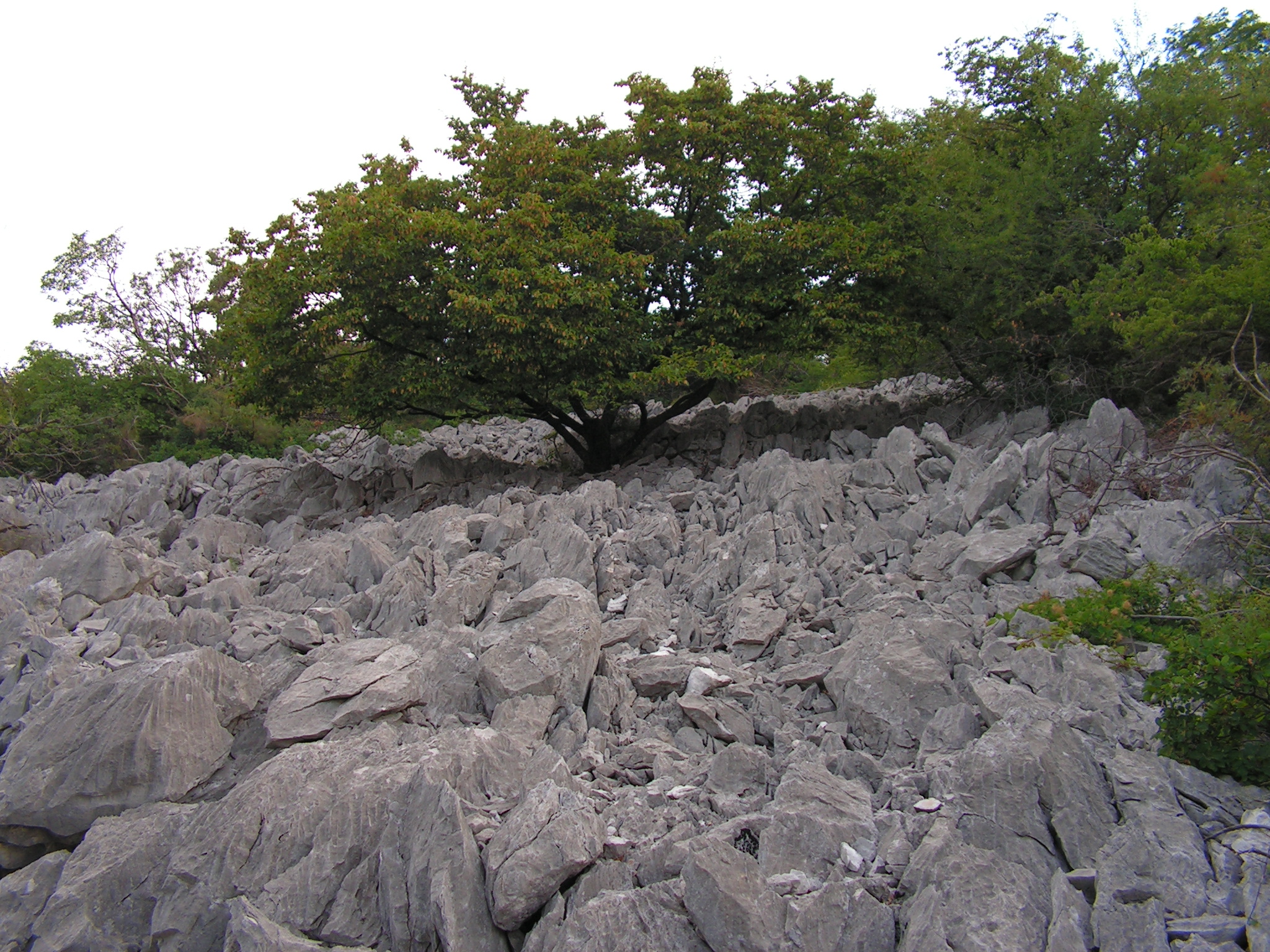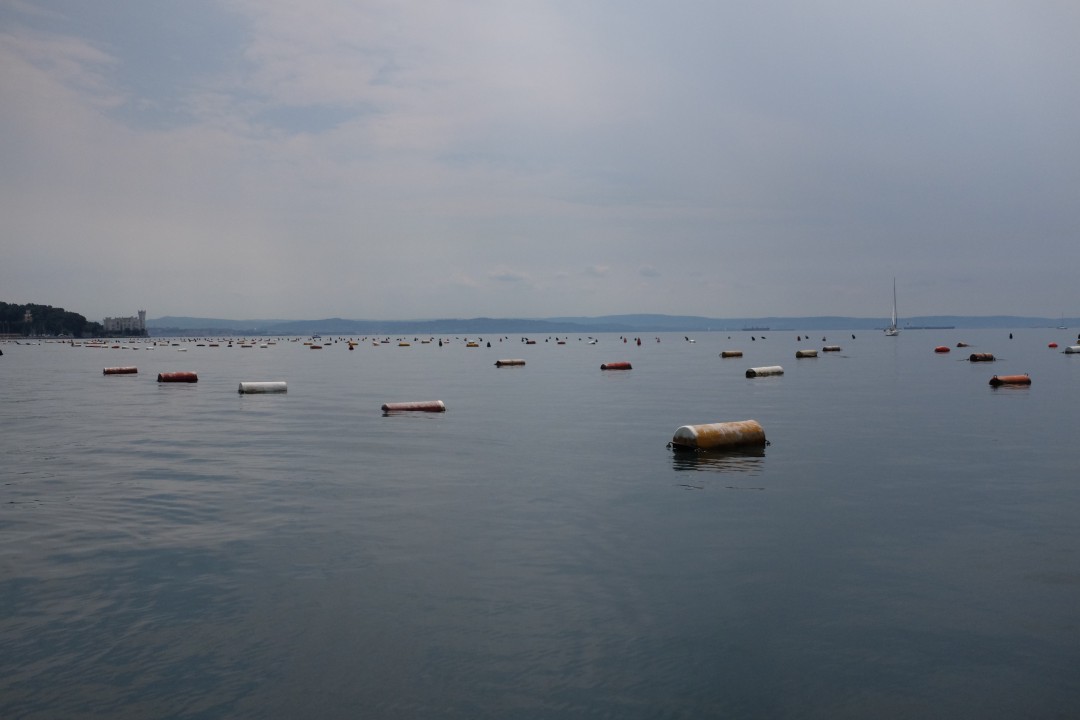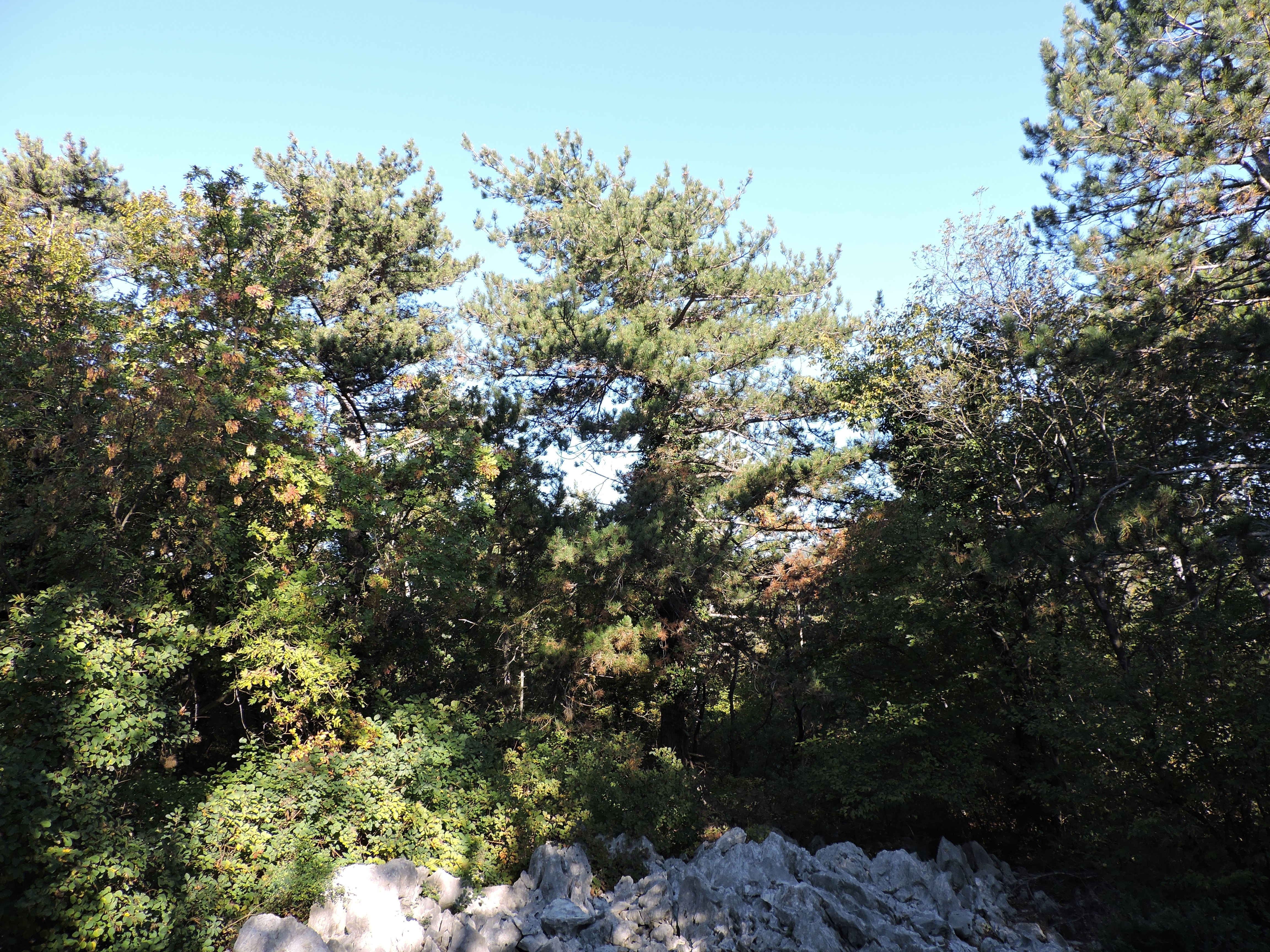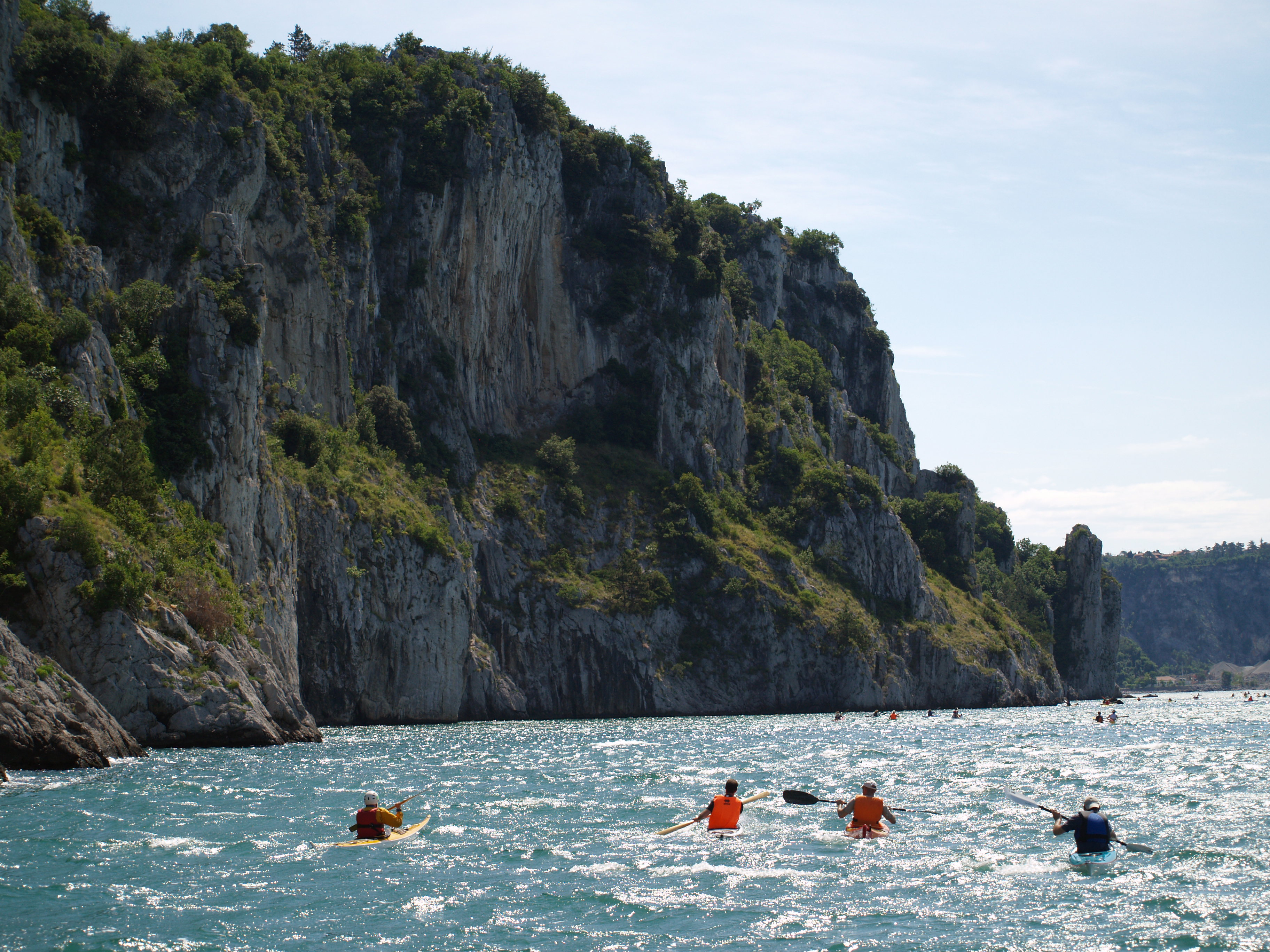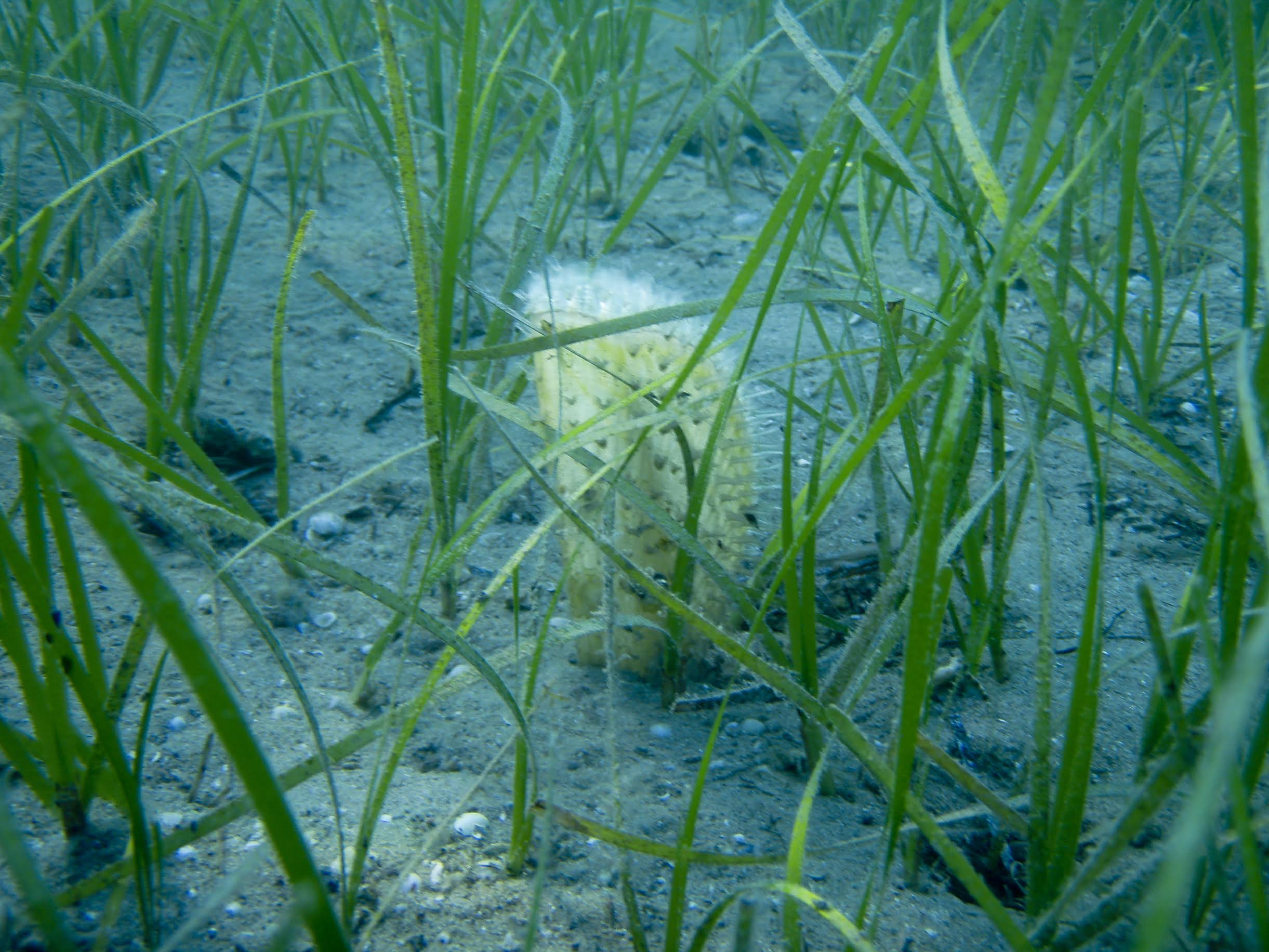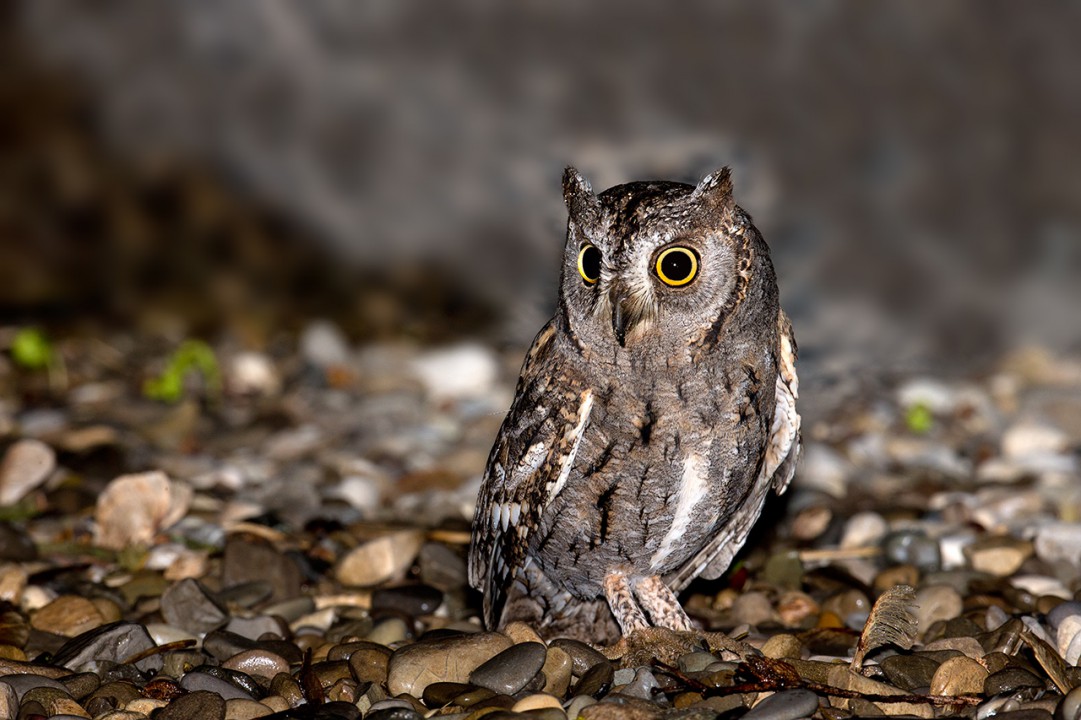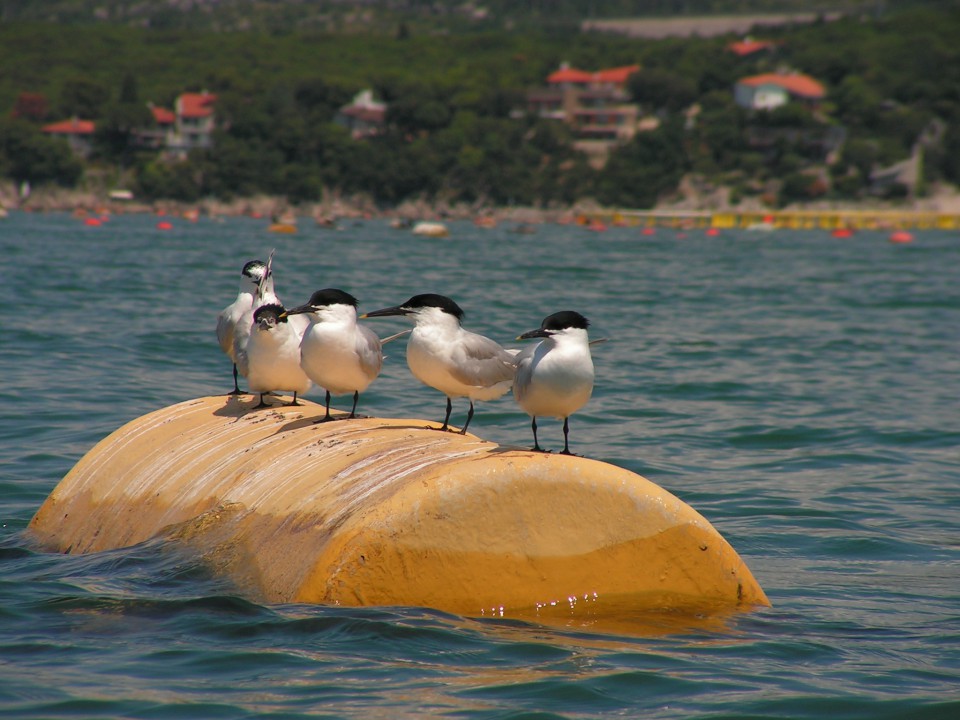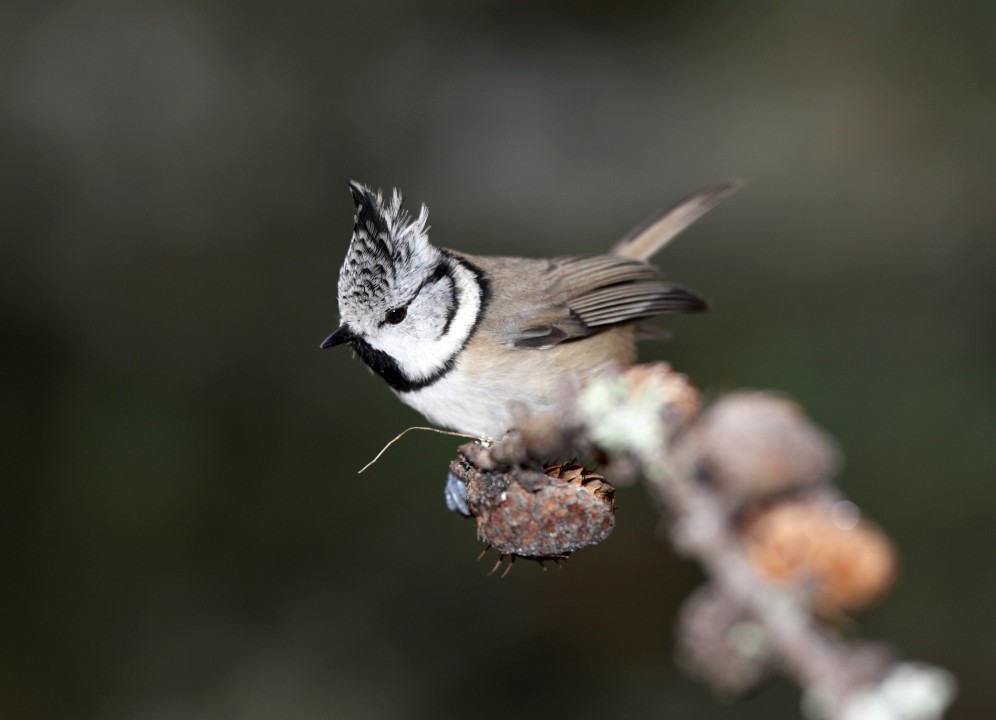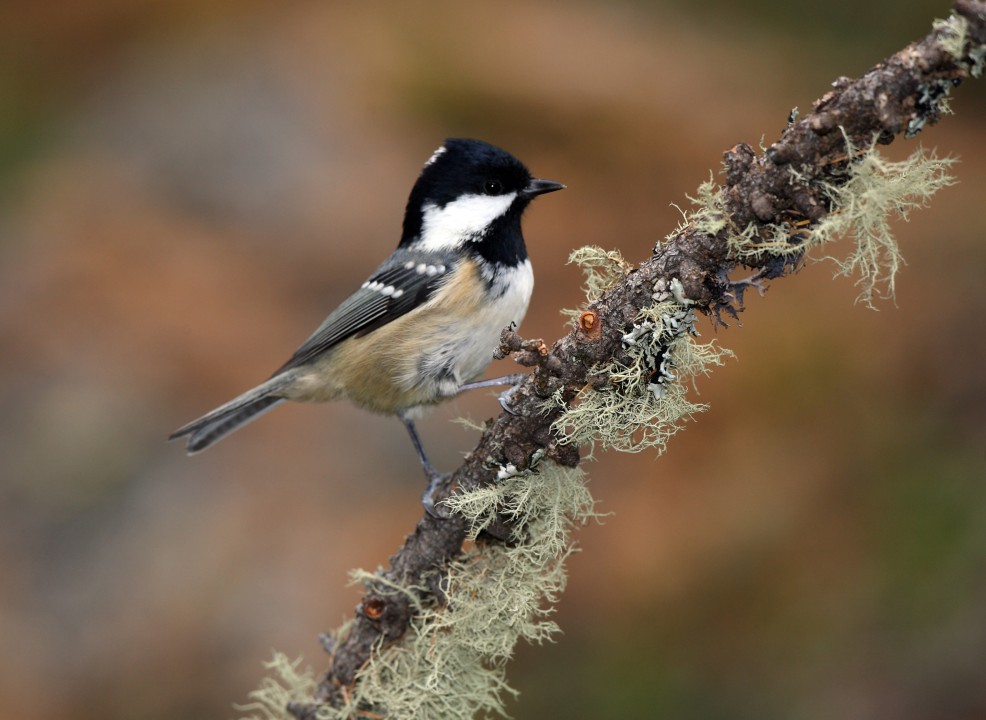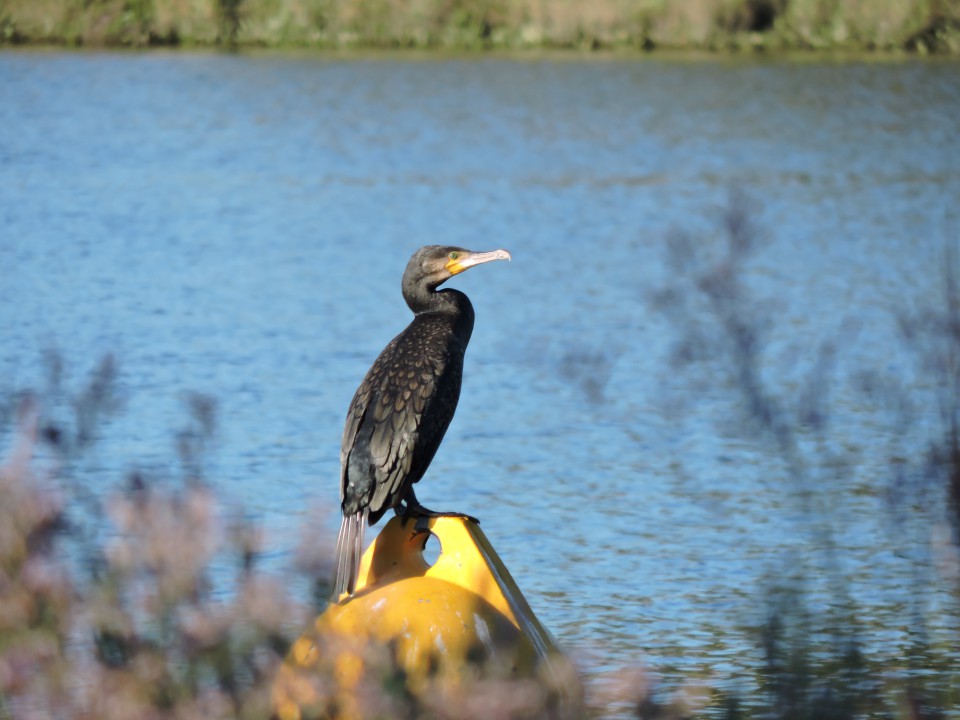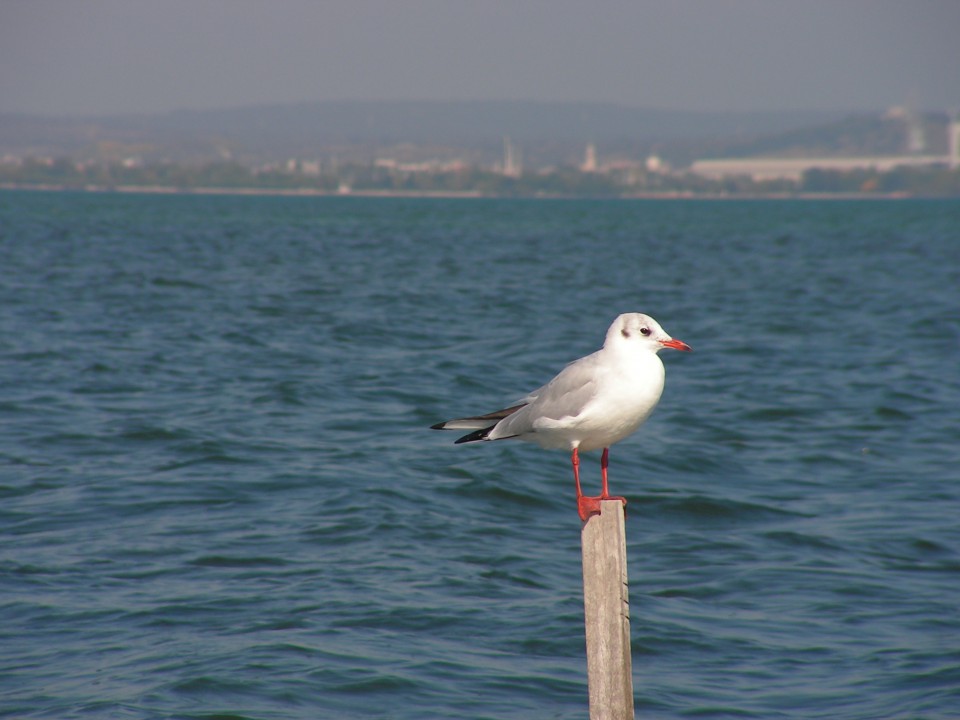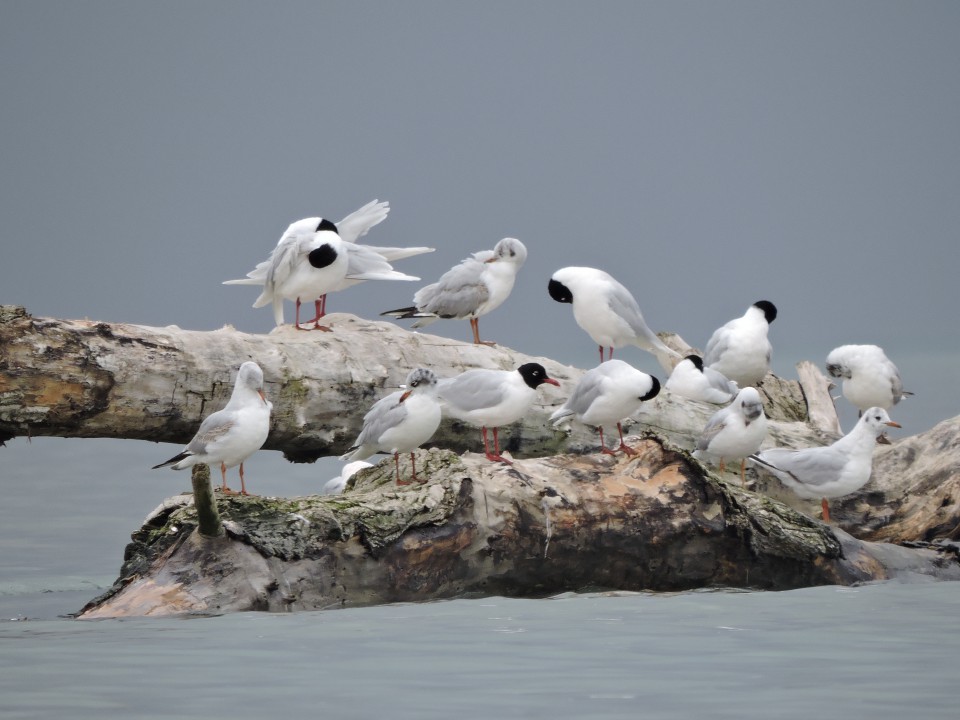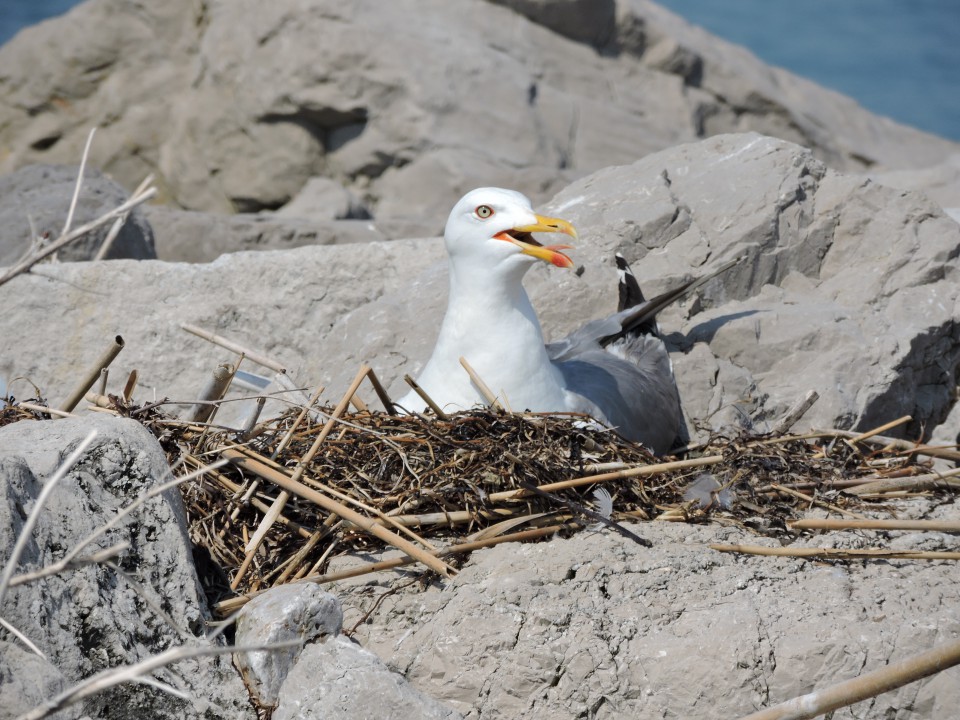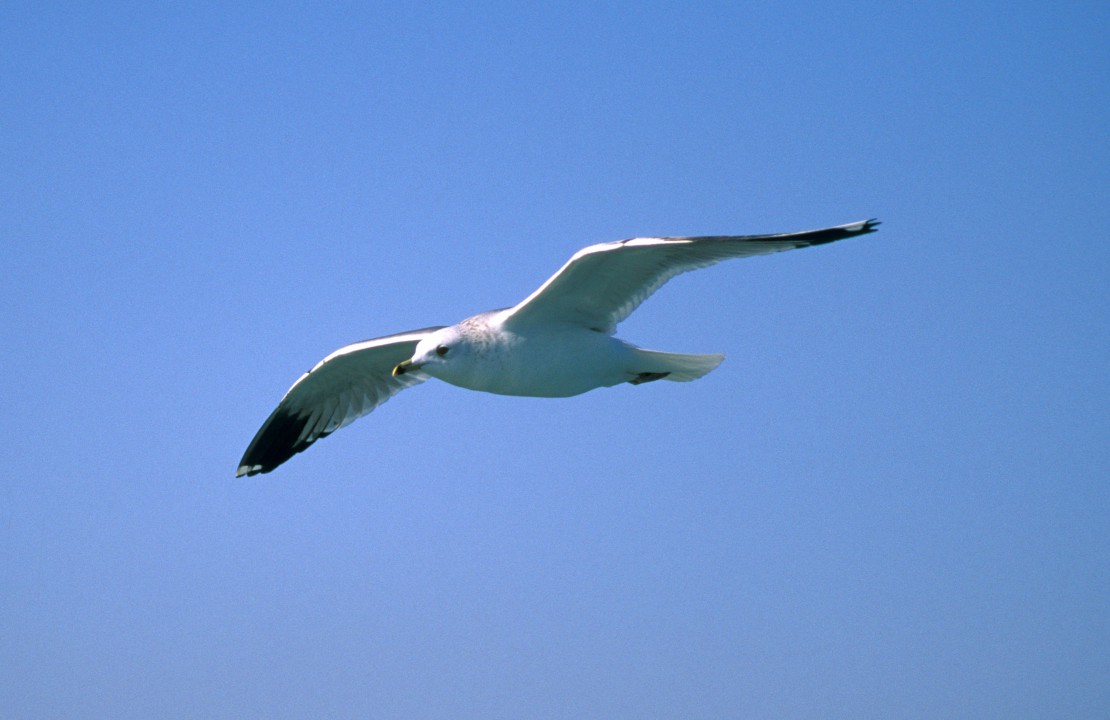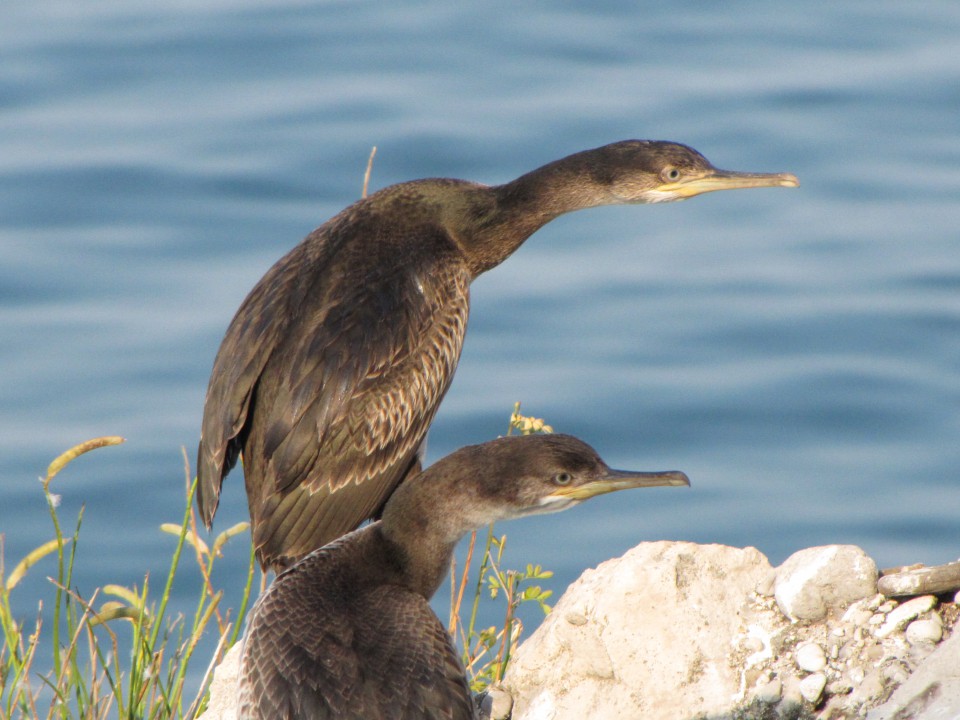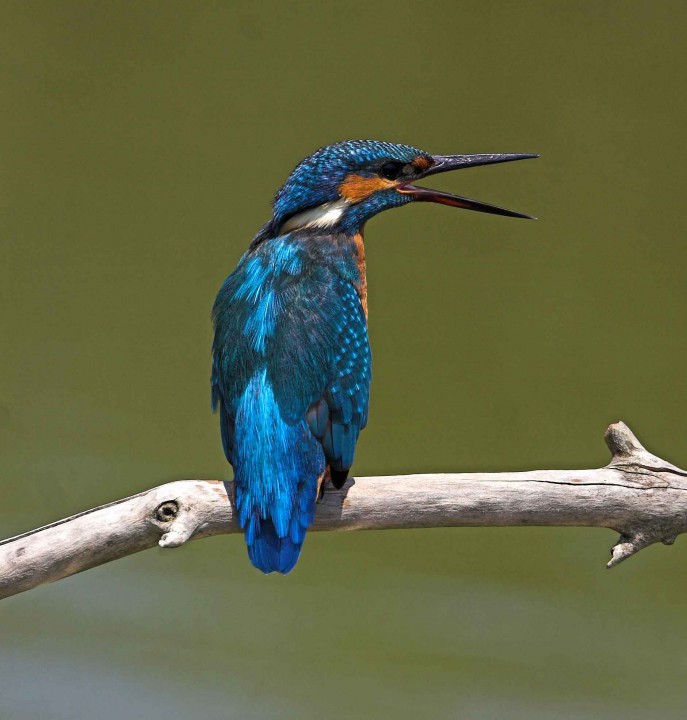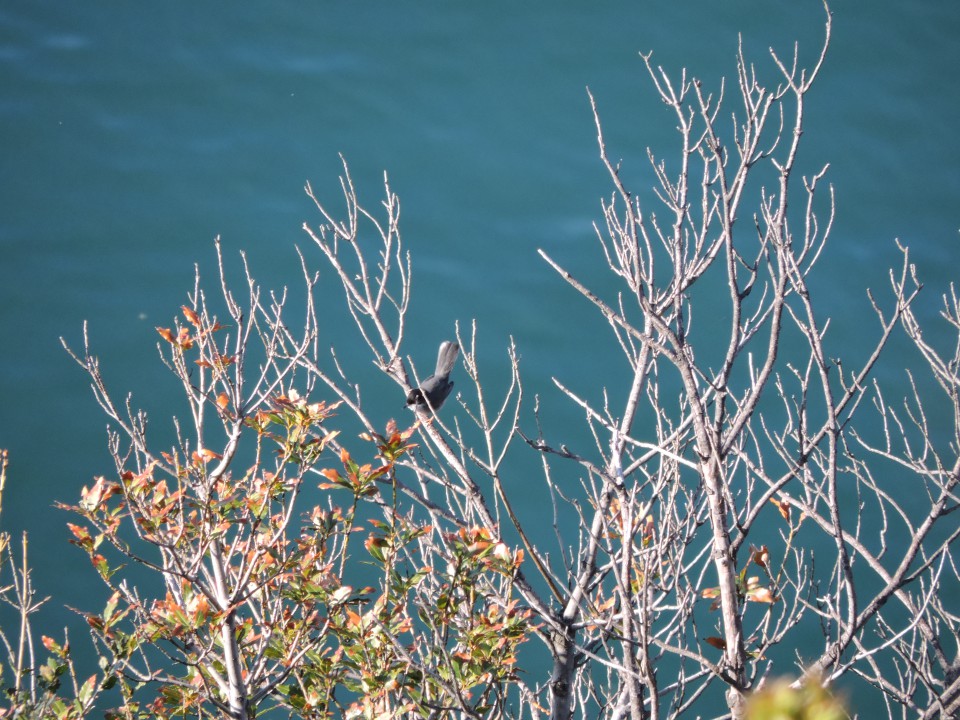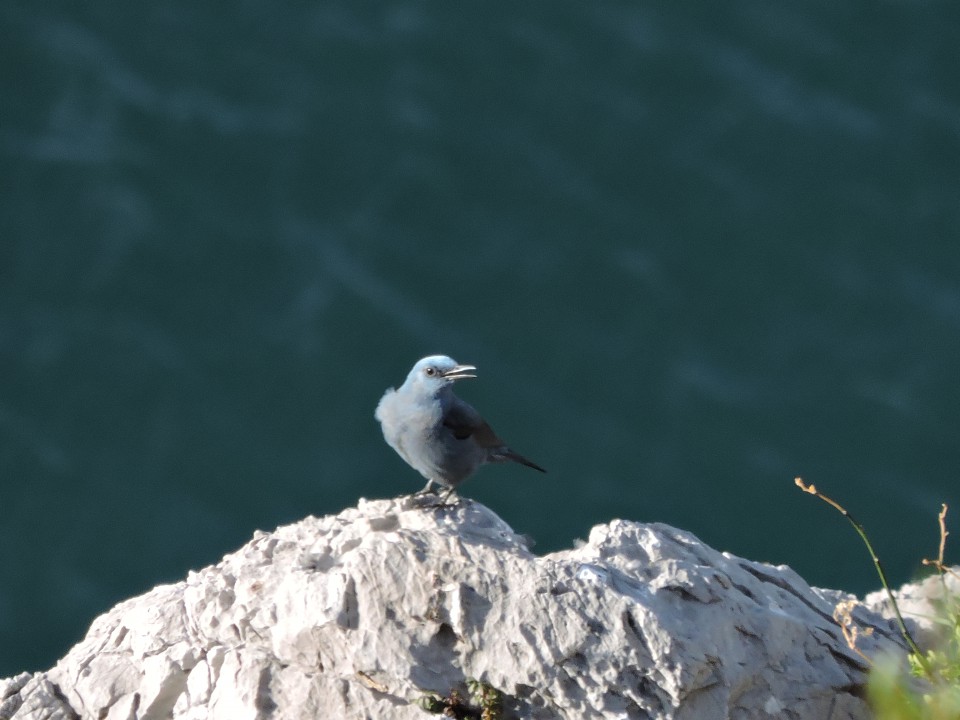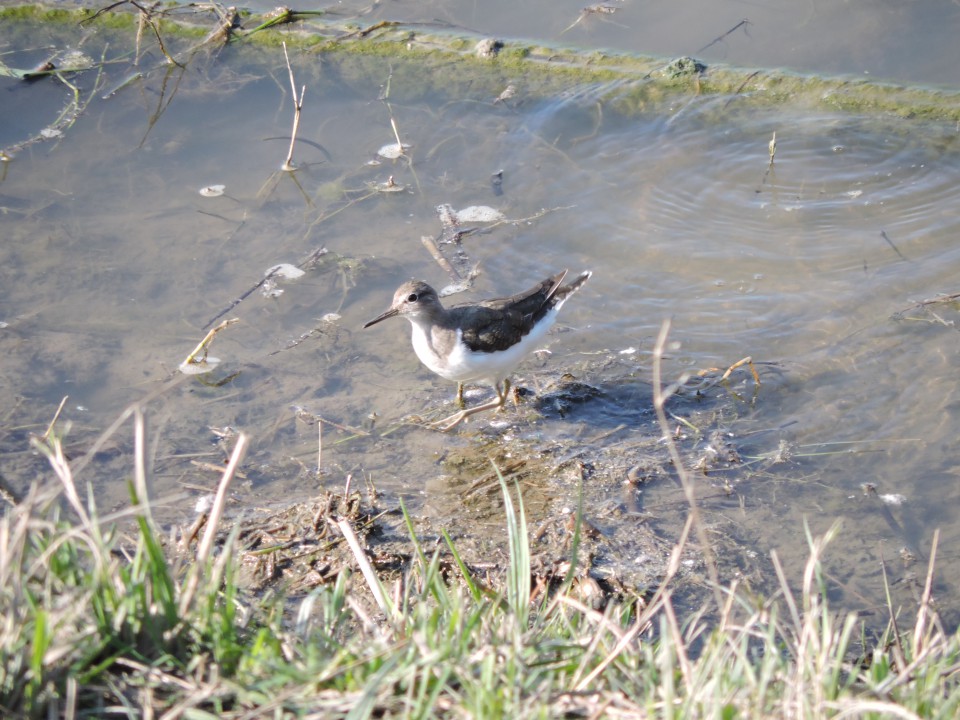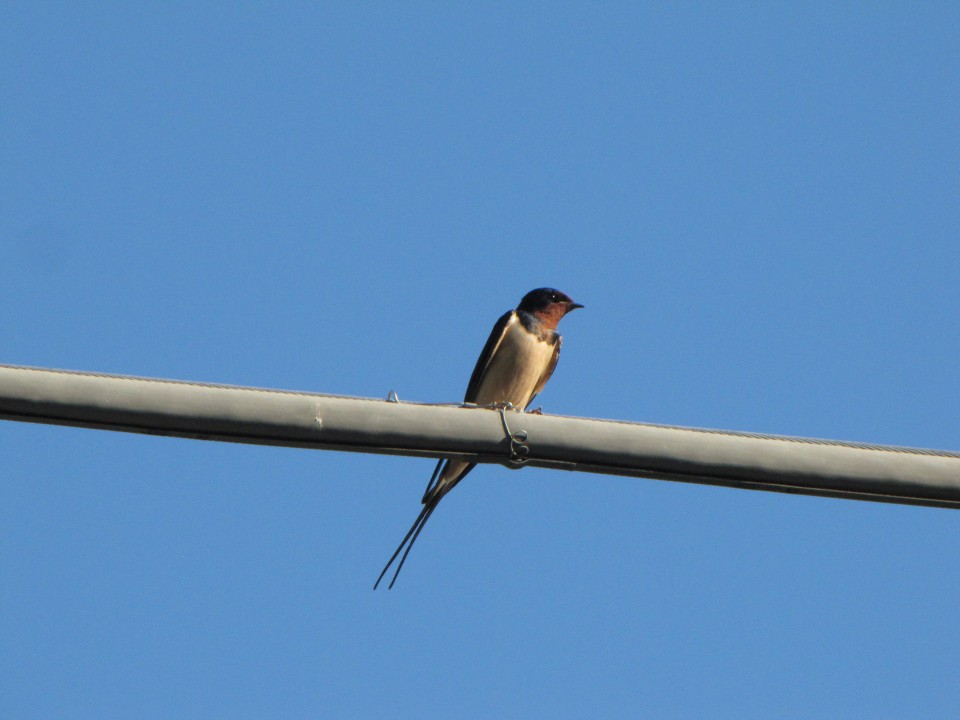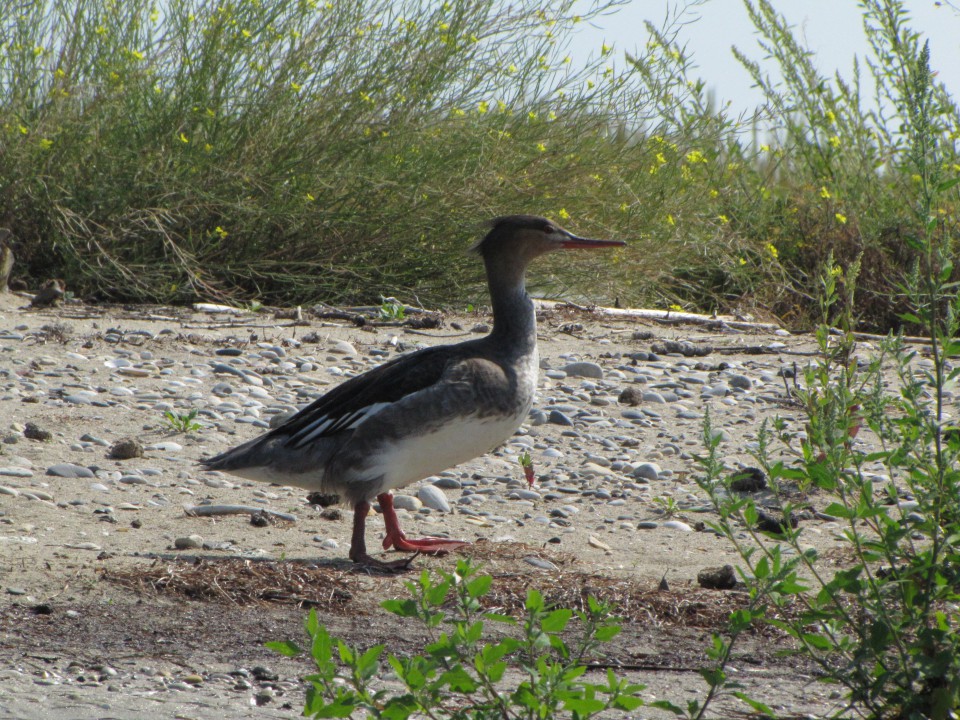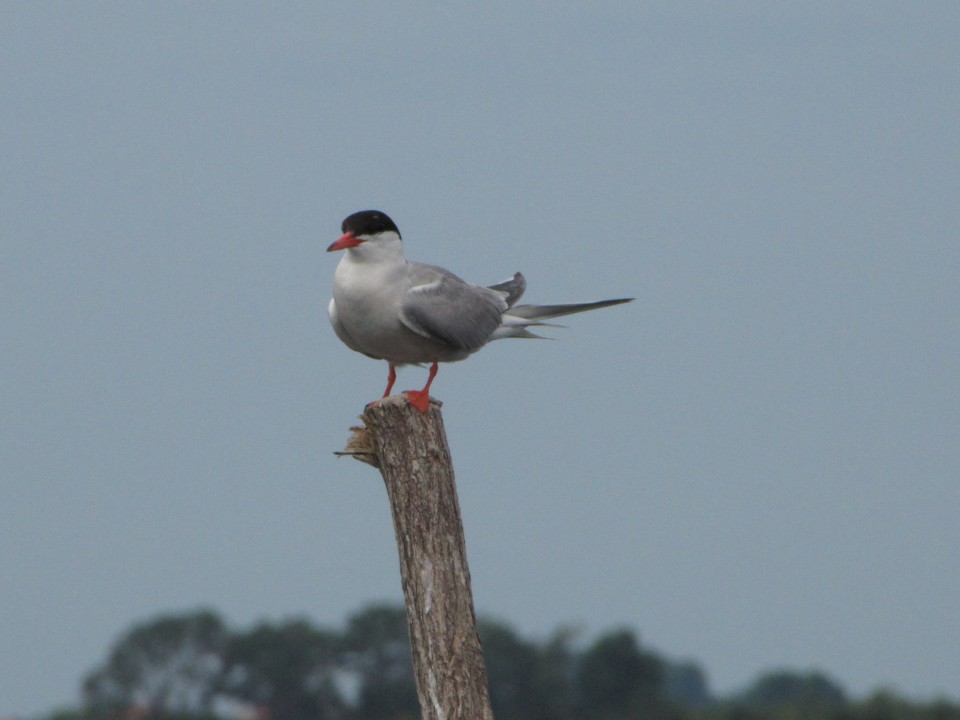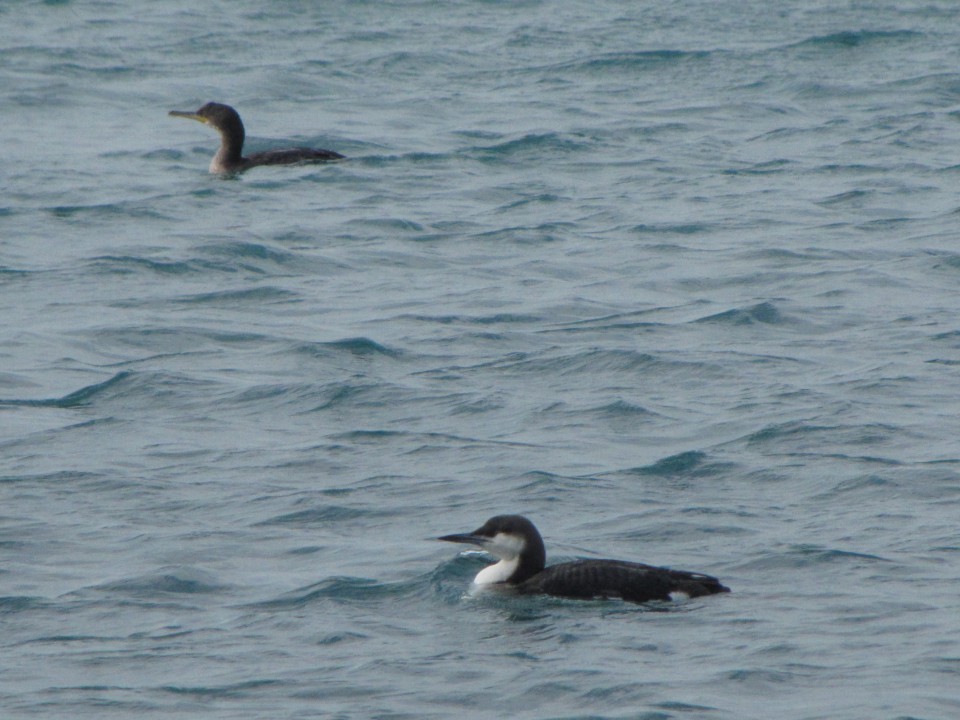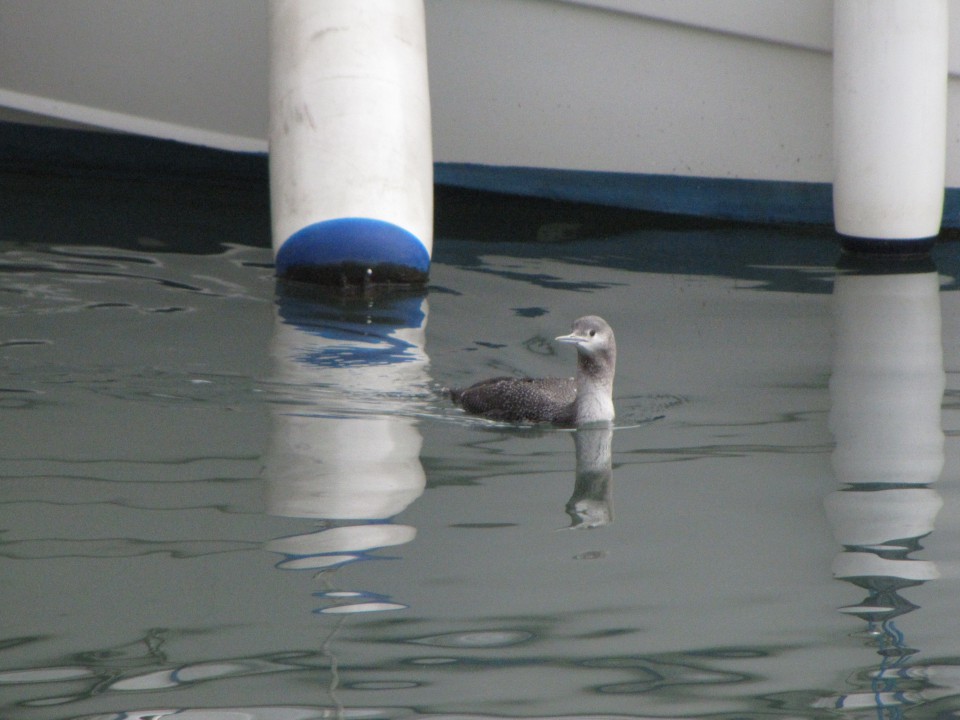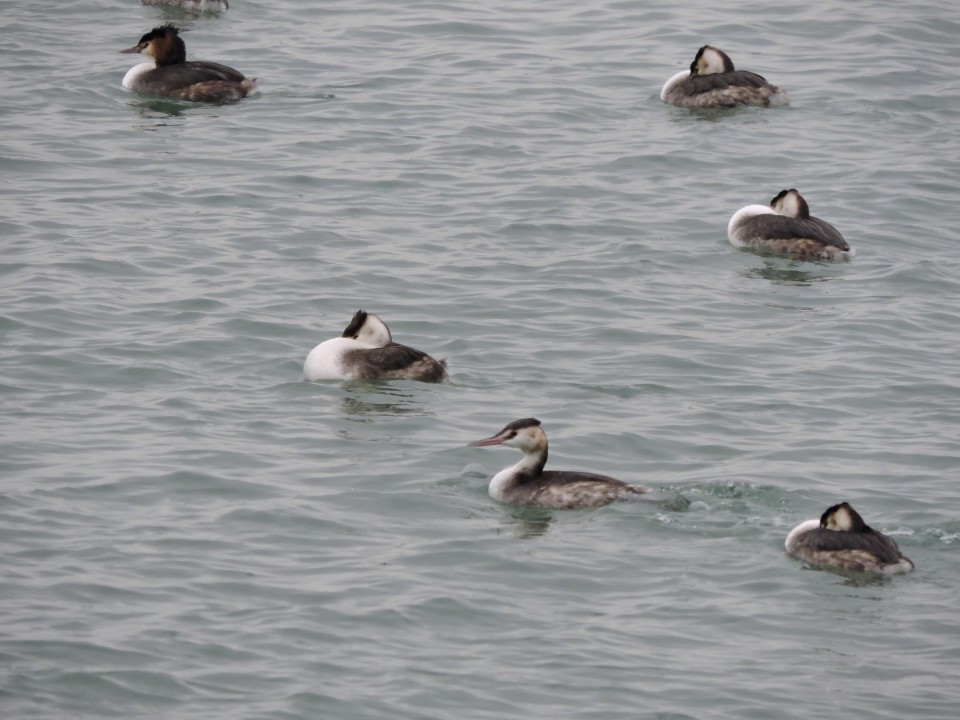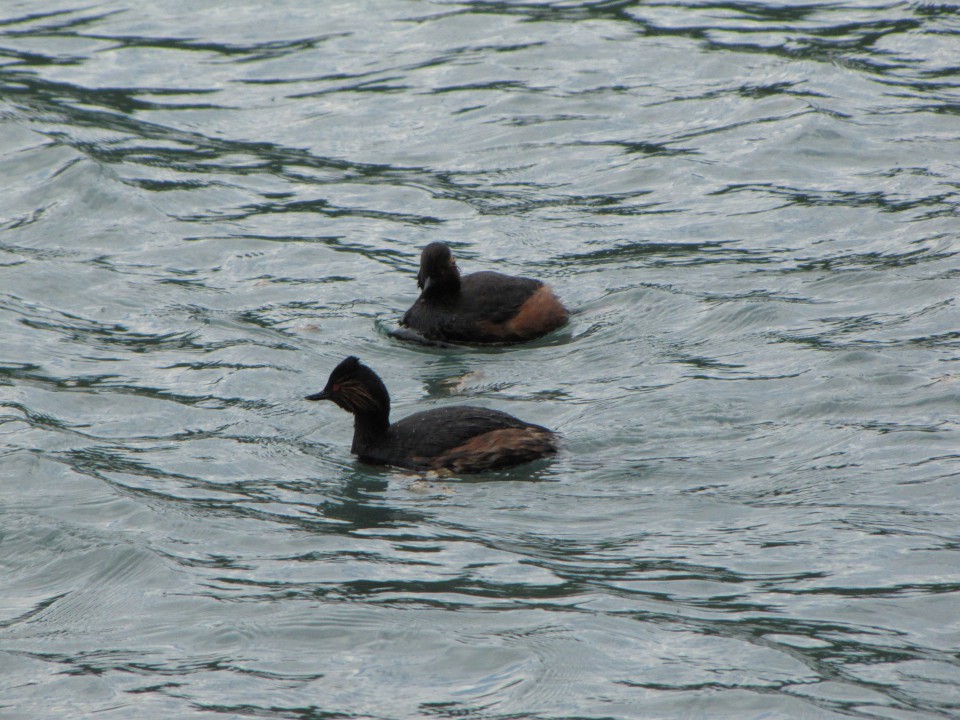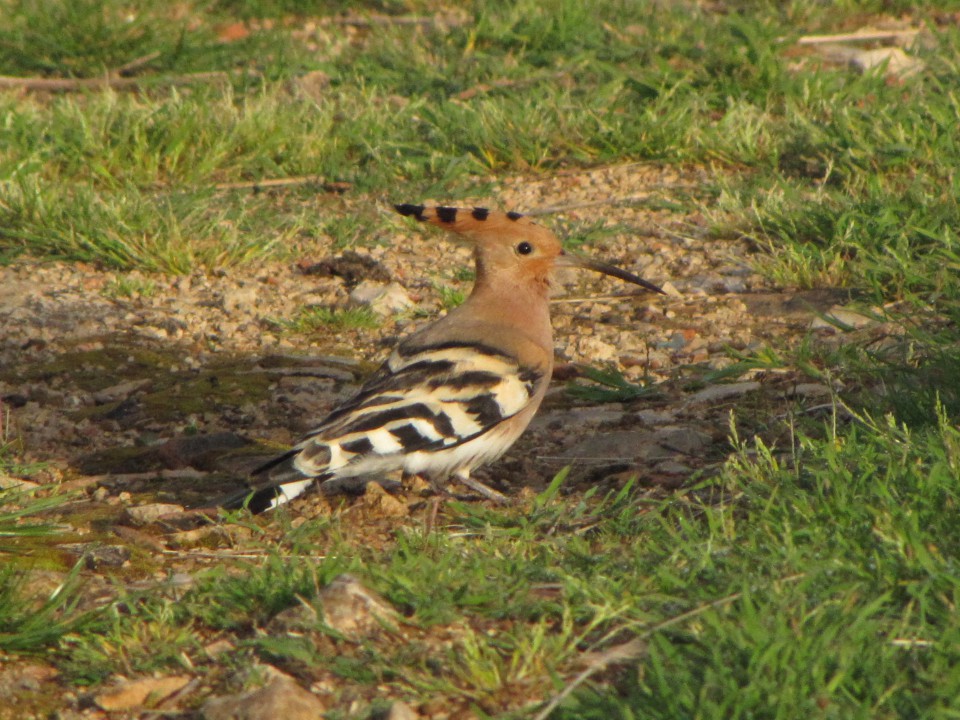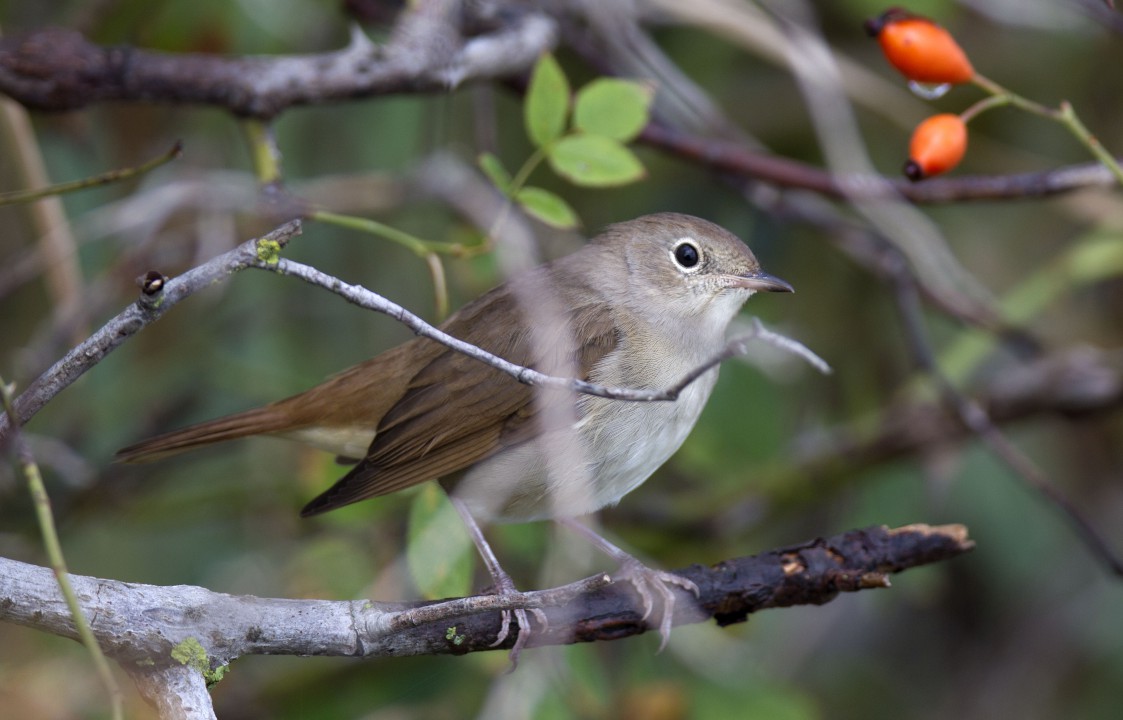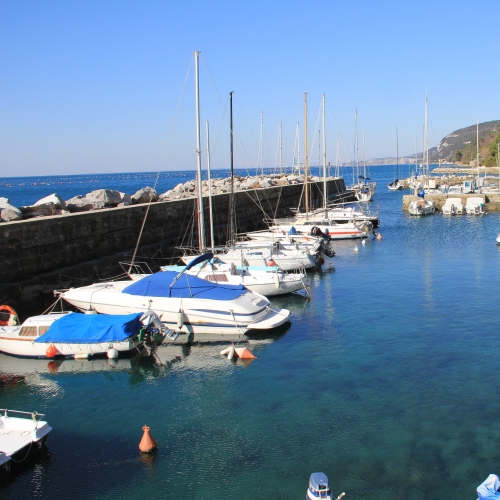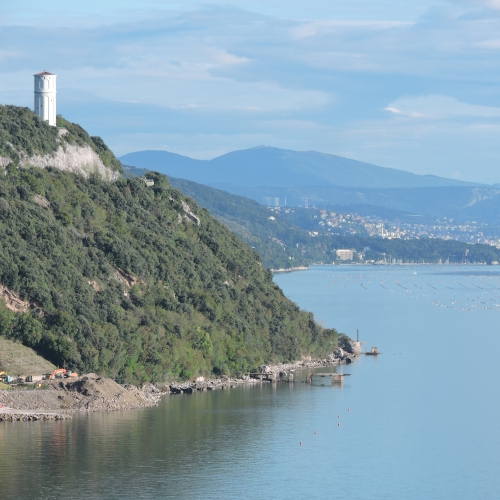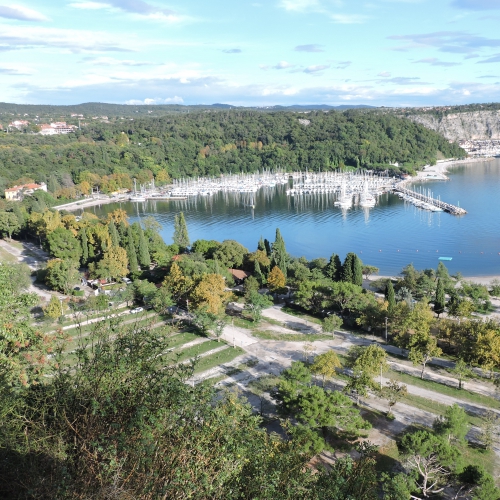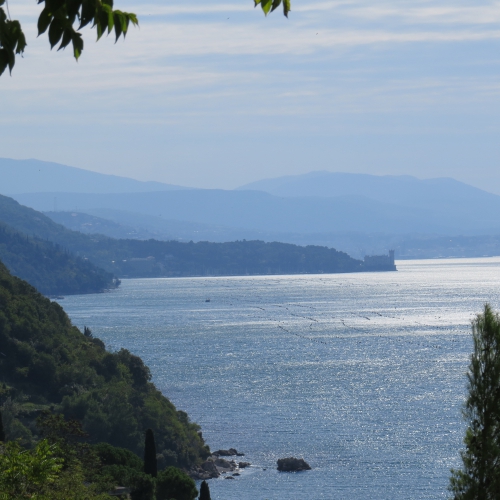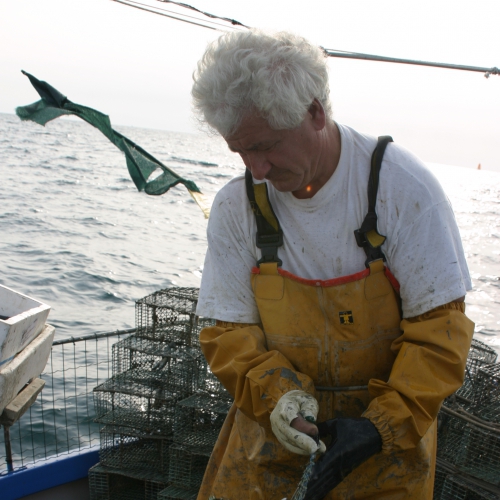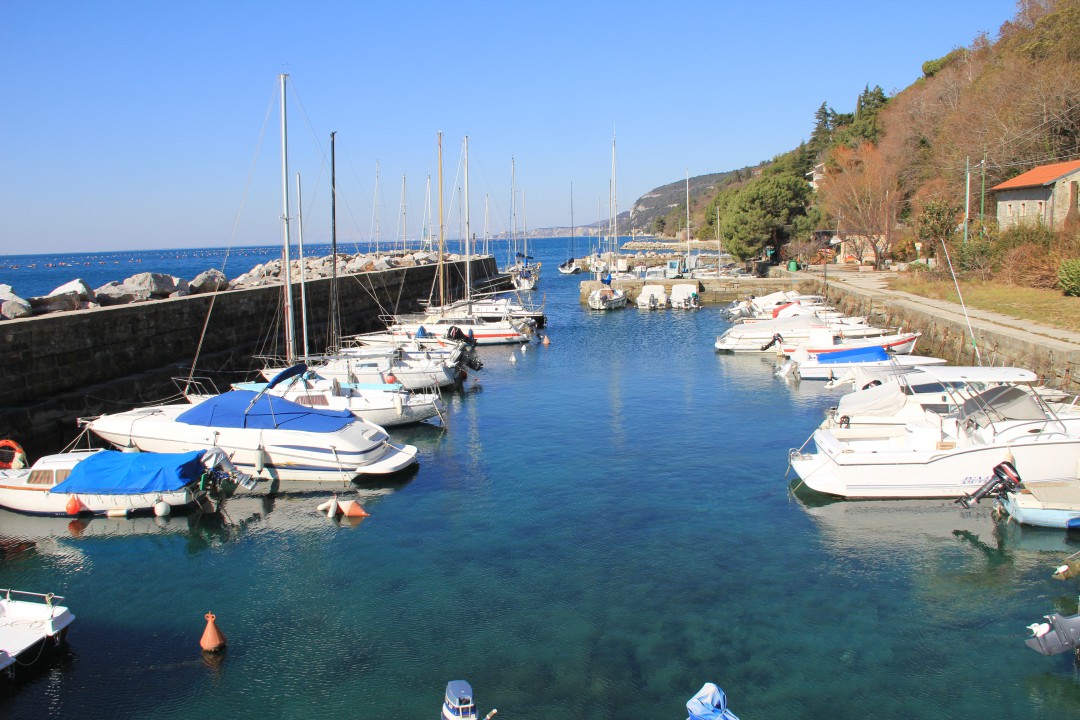
Description
About two miles beyond Miramare, taking care to sail offshore of the mussel beds (it is forbidden to sail inshore of them because of the hazard to swimmers), we come to the little harbour of Santa Croce. This was once used by the “tonere” (fishing boats used for catching tuna) sailed by Slovene fishermen, but now all that’s left of this era are some storerooms. The little port can be reached from the coast road via some steep steps, used in the past by the fishermen to reach the plateau above. It was rebuilt and enlarged for fishing purposes in 1874 to offer shelter for the “bragozzi” (fishing smacks) used to haul trawl nets and to launch the “melaidi” nets to catch anchovies; in the early 20th century, there used also to be a boatyard here. The port has two small basins used by leisure boats and small fishing smacks.
Places of interest
The typical Carso village of Santa Croce is located 208 metres above sea level and has 1280 inhabitants. Until 50 years ago, it was famous for its...
Fish
The anchovy is a small, pelagic, migratory and gregarious fish. It lives in deep water throughout the year in huge shoals that can sometimes include...
The grey mullet is a member of the family Mugilidae, which includes some eighty species of fresh- and salt-water fish. The grey mullet is...
The gilt-head bream is a bony member of the family Sparidae and can be found in the sea and in brackish coastal waters. The name comes from the...
The white seabream is the most common type of seabream in the Mediteranean and can be found on both sandy and rocky bottoms. It has a high, laterally...
The mackerel, measuring 25-30 cm, is a typical blue fish and an omnivorous, streamlined pelagic predator that lives in large shoals. Its colouring...
The sole is a flatfish with an oval and extremely compressed body. The head is small with a rounded face and small, arched mouth positioned...
Vegetation
Frequent in the sea and in lagoons, and like dwarf eelgrass forms extensive fields which are very important for fish and waterfowl.
A halophyte (salt-tolerant) species not present in salt marshes but on rocky coasts and harbour works such as jetties and embankments, even in...
A species of evergreen oak, it is the main constituent of the Mediterranean maquis and locally can be found between the Timavo river and Miramare...
A North American species common in cultivated areas and along rivers. Used for poles and firewood.
Traditions
In order to exploit the mild influence of the Mediterranean, the Triestine coast has for centuries been modified in order to cultivate crops on...
When the temperature of the water in the Gulf reaches 18-20° in late spring and early summer, fishermen begin to capture anchovies with lamps...
Fishing for tuna along this stretch of coast used to be done in what is probably a unique manner, thanks to the morphology of the Carso, which...
These are a typical feature of the local countryside in the Carso and Gorizia region, whereby farmers can offer their wine, ham and cheeses...
In the late nineteenth century, the Austrian Adriatic was divided into 8 marine districts, one of which was Trieste. There, the coastal fishing...
Habitats
The Carso is a long plateau facing SE-NW, sloping slightly downwards towards the west. The eastern part reaches about 400 metres in height, while...
In order to exploit the mild influence of the Mediterranean, the Triestine coast has for centuries been modified in order to cultivate crops on...
Planting of the artificial Austrian pinewoods first began in 1842 and now constitute an important feature of the Carso’s landscape; thanks...
The special microclimate characterising the coast near Trieste depends from the white limestone cliffs that reflect sunlight, the warming effect...
One of the largest and most vital underwater meadows of the Gulf lies in front of the mouths of the Isonzo. These are plants with ribbon-like...
Birds
19-21 cm, sexes similar. There is a grey variety and a rufous one. It is a small owl with ear tufts and a characteristic and insistent song. Present...
37-43 cm, sexes similar, light grey upperparts, white in the lower parts, with a black cap and a tuft on the head, the beak black with light-coloured...
10.5-12 cm - sexes similar. Evident brown grey tuft. Present throughout the year in the pine forests of the Carso, including the cliffs of Duino and...
10-11.5 cm, sexes similar. A small tit with characteristic white patch on the nape. Present all year, it nests in the pinewoods of the Carso and...
77-94 cm, sexes similar. Like pelicans and boobies, they have the 4 fingers joined by a membrane to facilitate swimming. The species is present...
35-39 cm, sexes similar. In February, it gains the dark brown cap for the breeding season, which it then loses in July-August. Present throughout the...
37-40 cm, sexes similar. Compared to the black-headed gull, the beak is more massive and coral-red, it has a black head – during nesting – and...
52-58 cm, sexes similar. Grey upperparts, white lower parts. Present throughout the year and abundant, nesting in the lagoon, on the roofs of houses...
40-46 cm, sexes similar. It is smaller than the black-headed gull. Present from November to April, numerous in some winters, it frequents the sea,...
68-78 cm, sexes similar. It has a short tuft that appears in adults in winter and early spring. Present throughout the year, it becomes rare in...
17-19 cm, sexes similar. Blue upperparts, red underparts with large, dark beak dark and very short tail, which in flight makes it resemble a...
13-14 cm, male with black head and red eye, the female brown with grey head. Present throughout the year, it nests in warm coastal scrubland between...
21-23 cm, the male is blue with blackish wings while the female is brown. Present throughout the year, it is a rare winter visitor. It nests on the...
18 to 20.5 cm light brown uppers. white on the lower parts. The wings have a narrow light-coloured bar and are often blocked briefly in flight....
48-56 cm, sexes similar, plumage varies widely, generally brown with light patches. Present all year round, most numerous even in the largest lagoon...
17-21 cm, sexes similar. Black upperparts, red throat and whitish belly. Present from March to April and from September to October, it nests in rural...
20-23 cm, sexes similar. Unlike the blackish common swift, Apus apus, the greater is brown above with white belly and throat. Present from April to...
52-58 cm, the male with dark green head and white neck, the female with reddish head. Present during wintering, it is frequent during the spring...
34-37 cm, sexes similar. Light grey upperparts and white underparts, with black cap and red beak. It is the classic tern, frequent from April to...
63-75 cm, sexes similar. In winter the plumage is dark grey above, whitish underneath; the beak is more massive and held flat compared to the...
55-67 cm, sexes similar. In winter, the plumage is grey, and whitish underneath. Present in winter at sea and in the deepest areas of the lagoons....
46-51 cm, sexes similar. Grey upper part, whitish beneath, while in its nuptial plumage it reveals obvious tufts on the head and below the eyes....
28-34 cm, sexes similar. Grey and off-white in winter, in March it has a black neck and a yellow tuft behind a red eye. Present from August to April,...
25-29 cm, sexes similar, orange plumage striped with black, erectile crest on the head, flickering flight. Present from April to September and fairly...
15-16.5 cm, sexes similar. Reddish brown upperparts, and light in underparts. Present from April to September. It nests in coastal and riparian...

